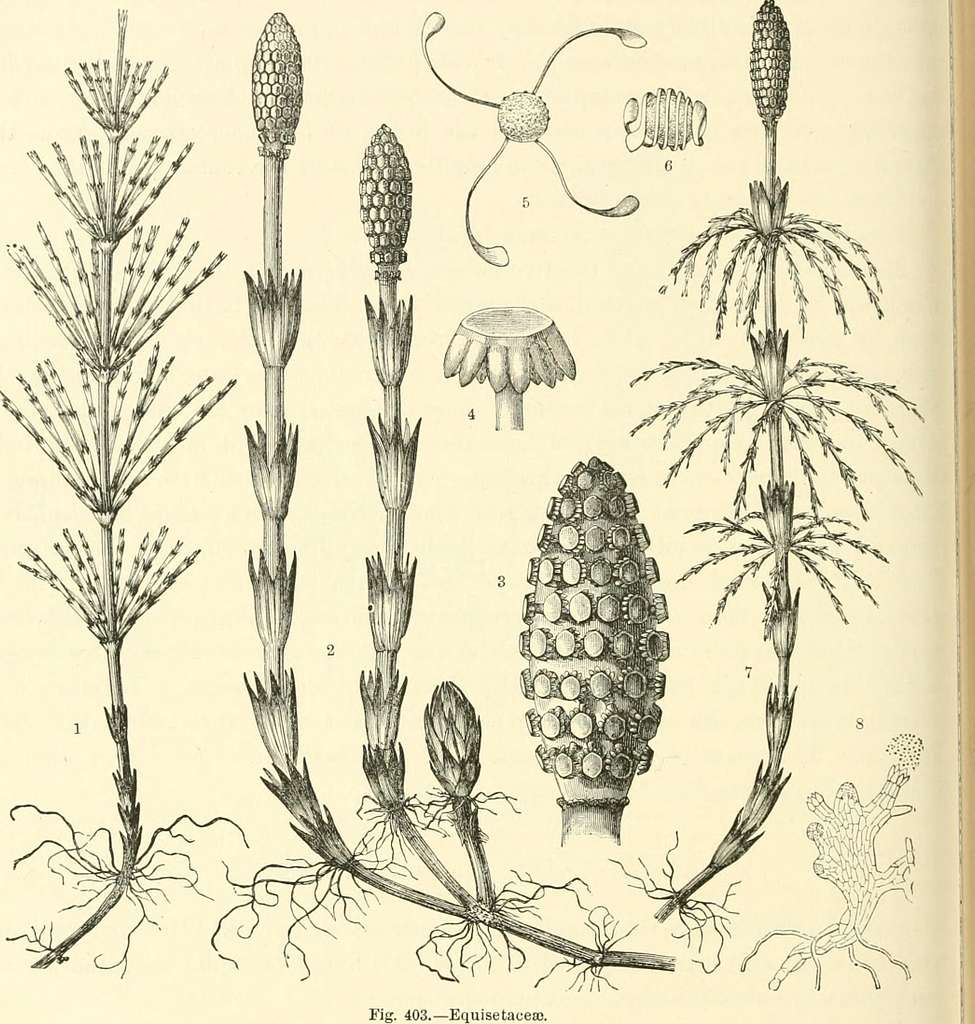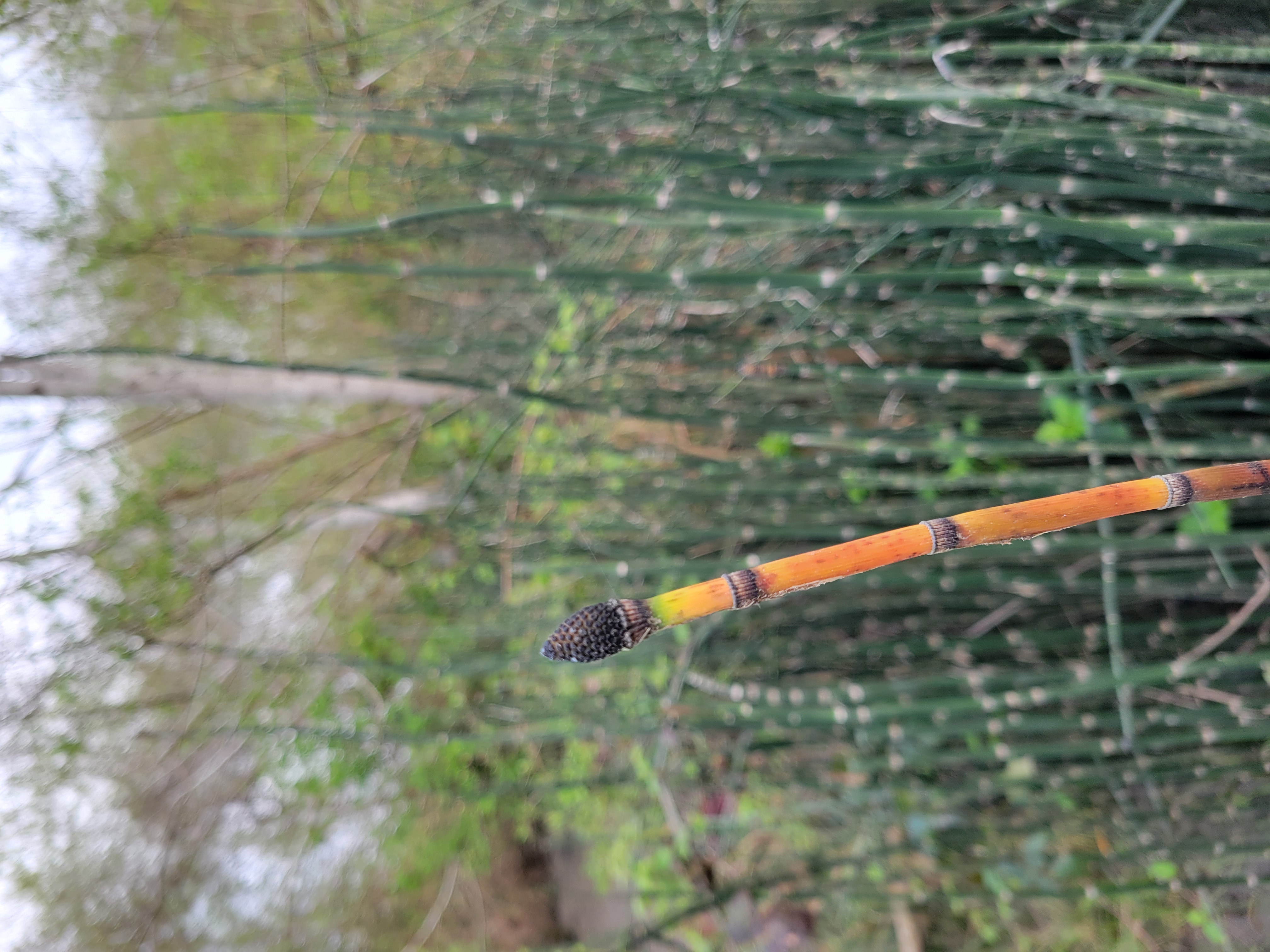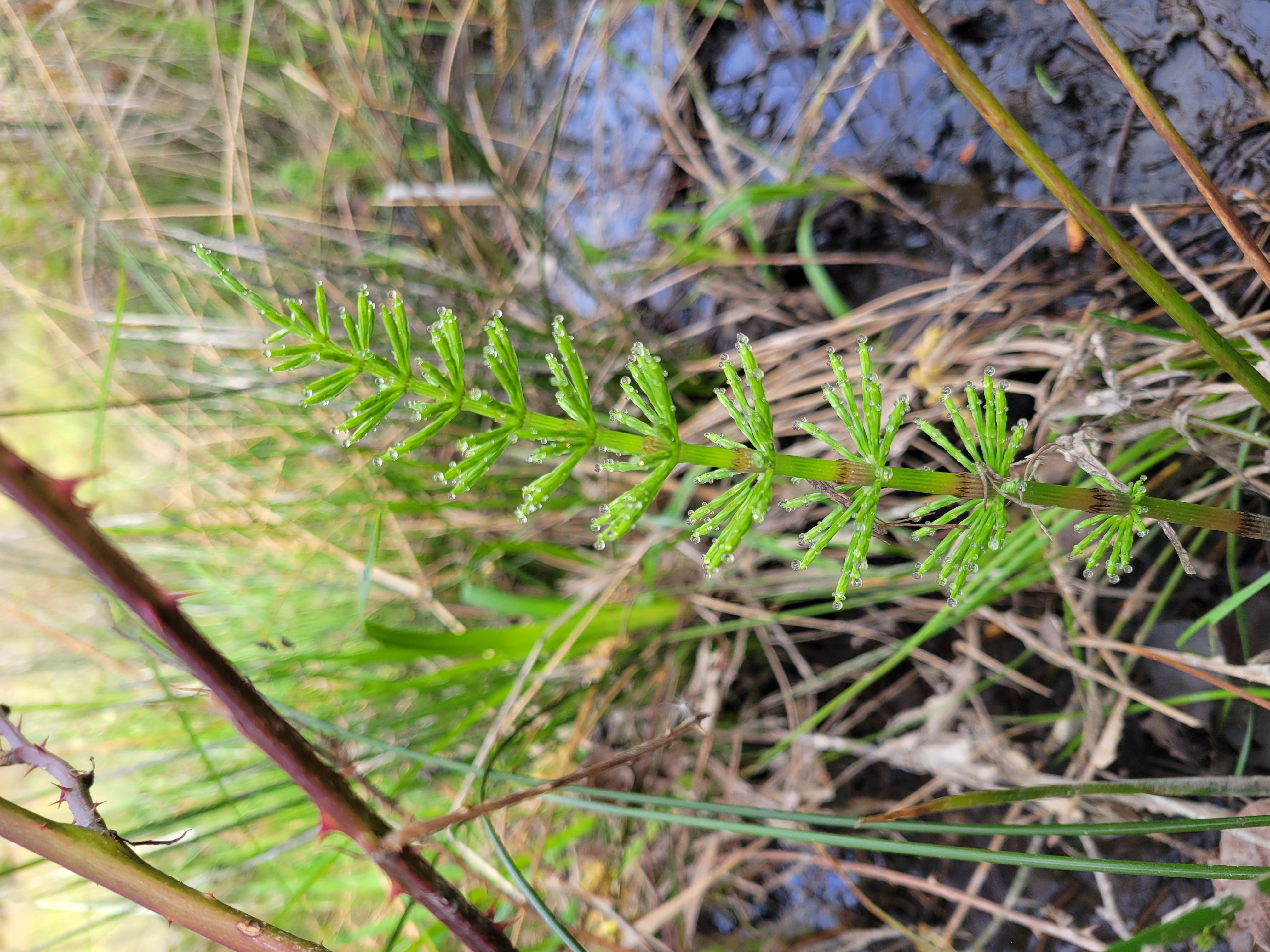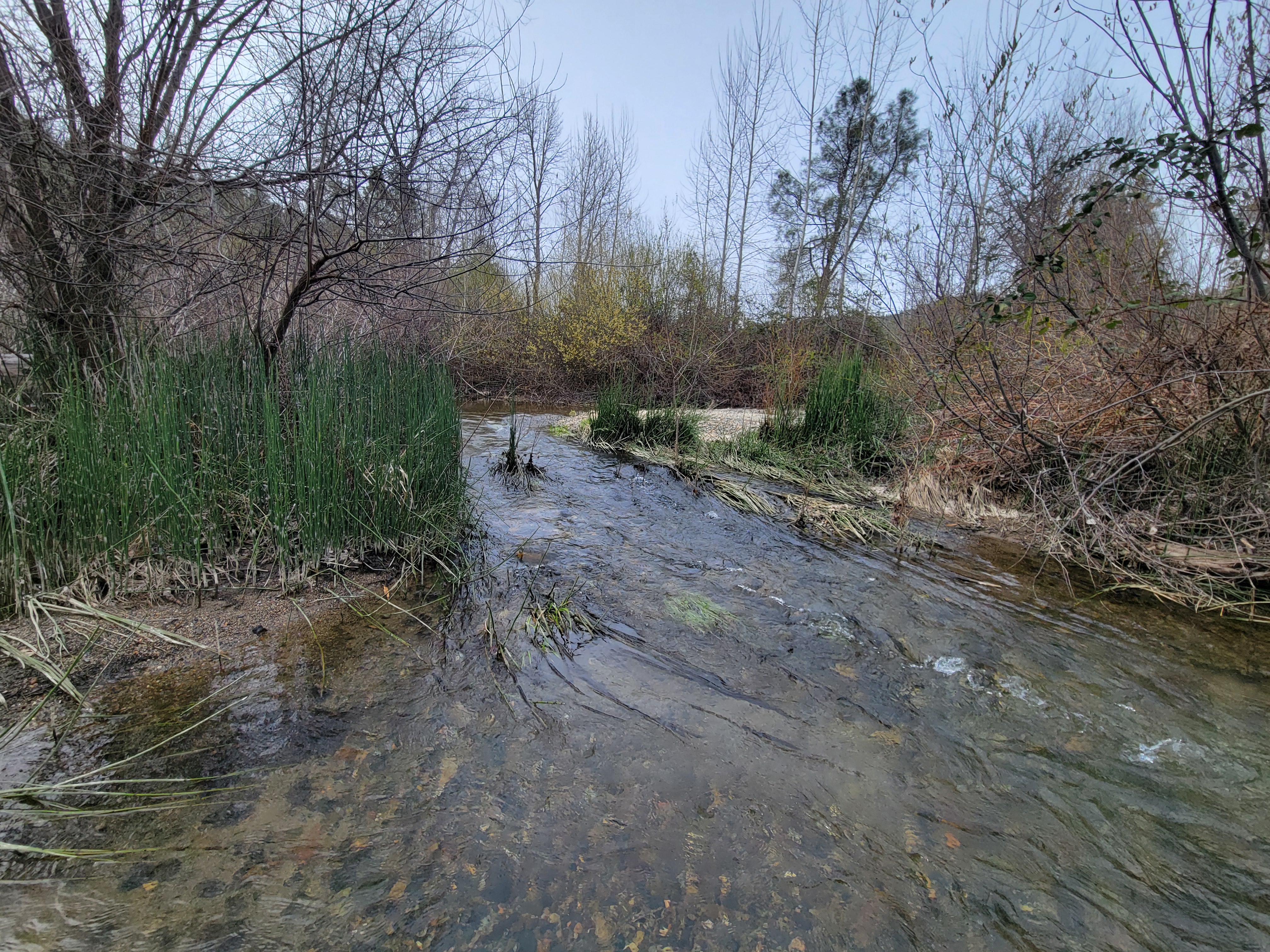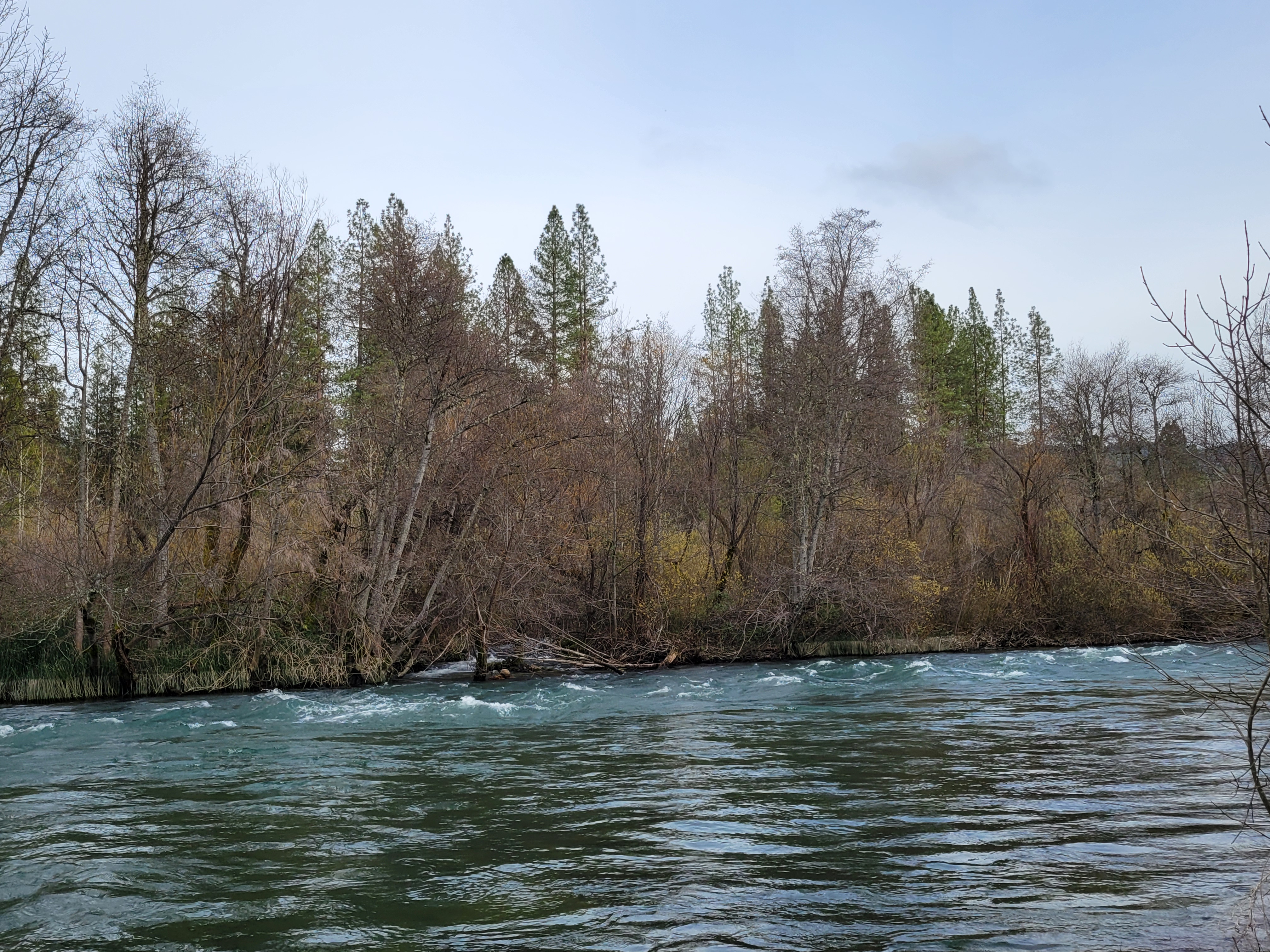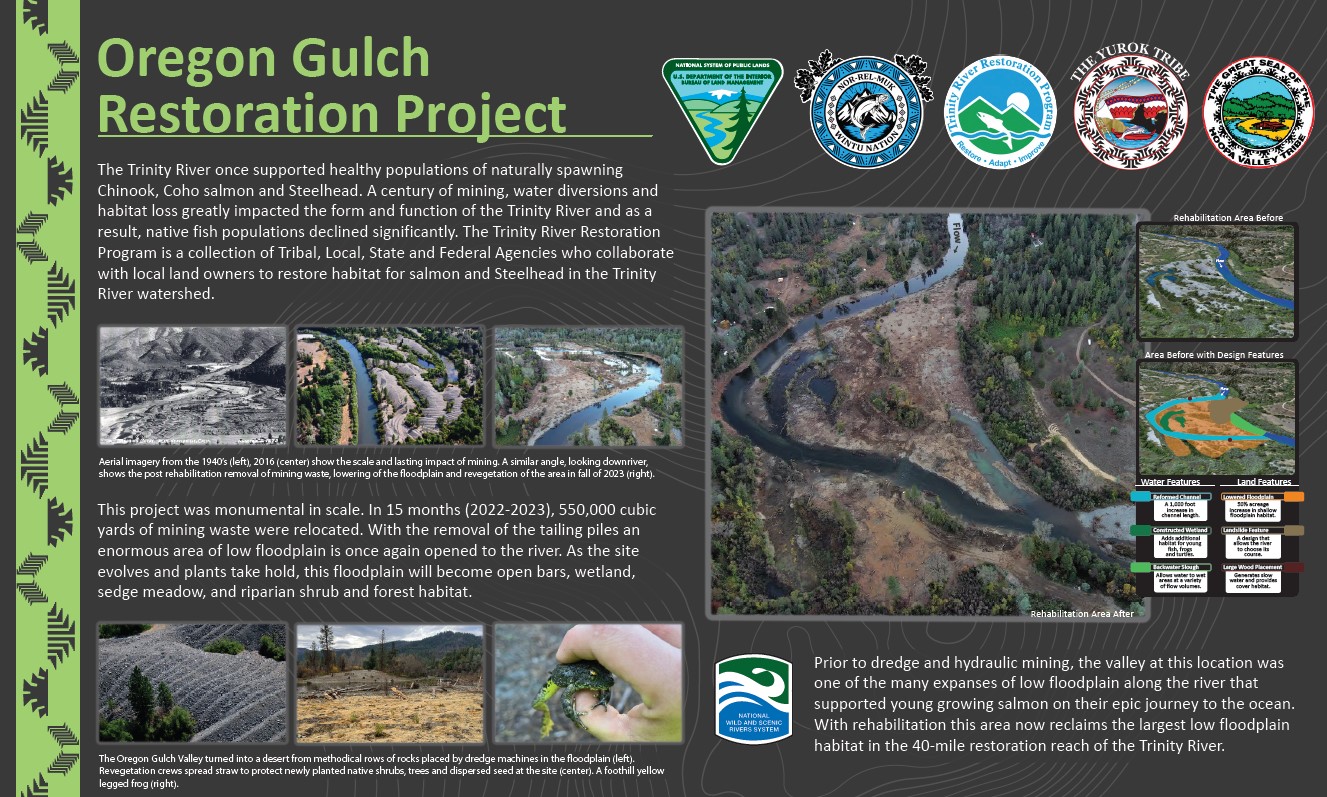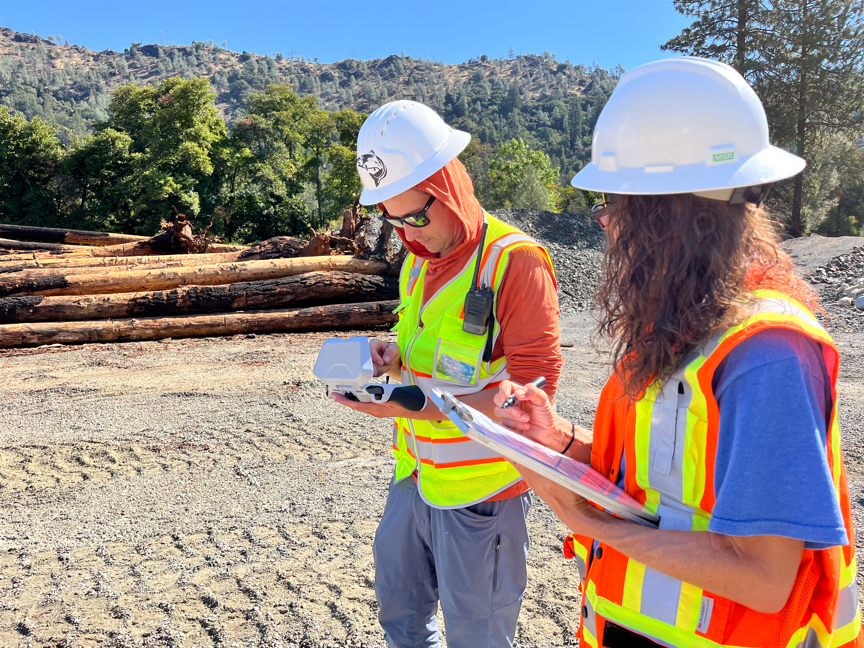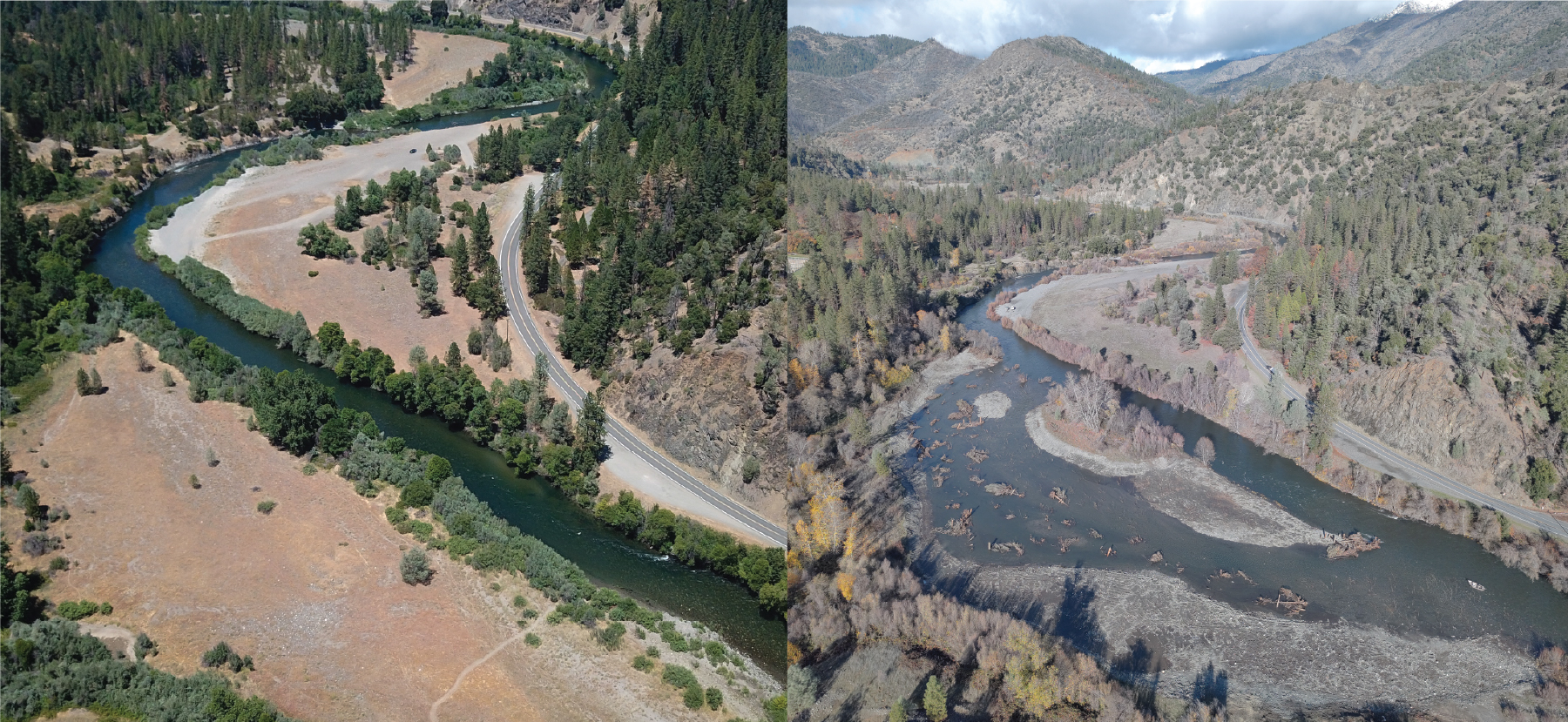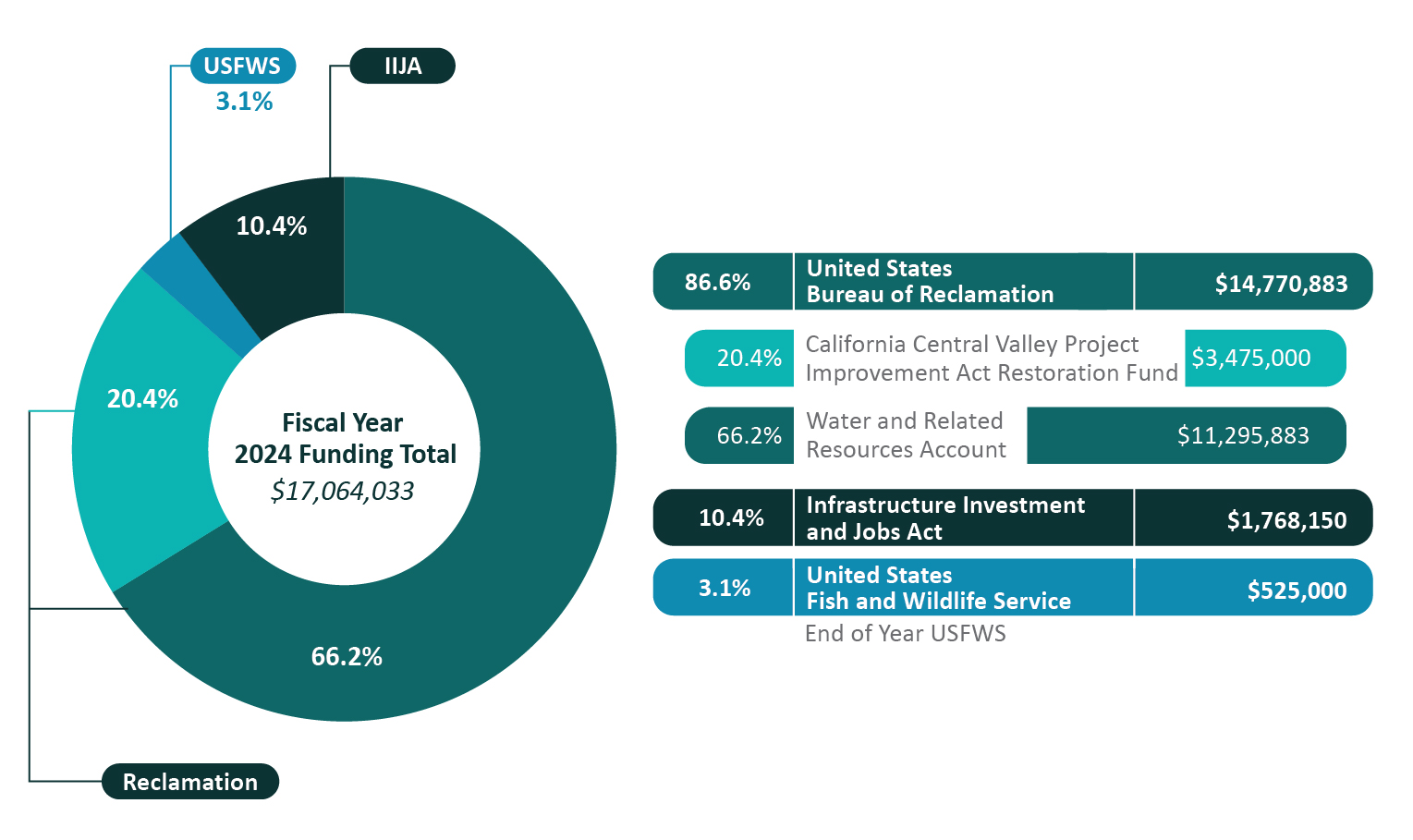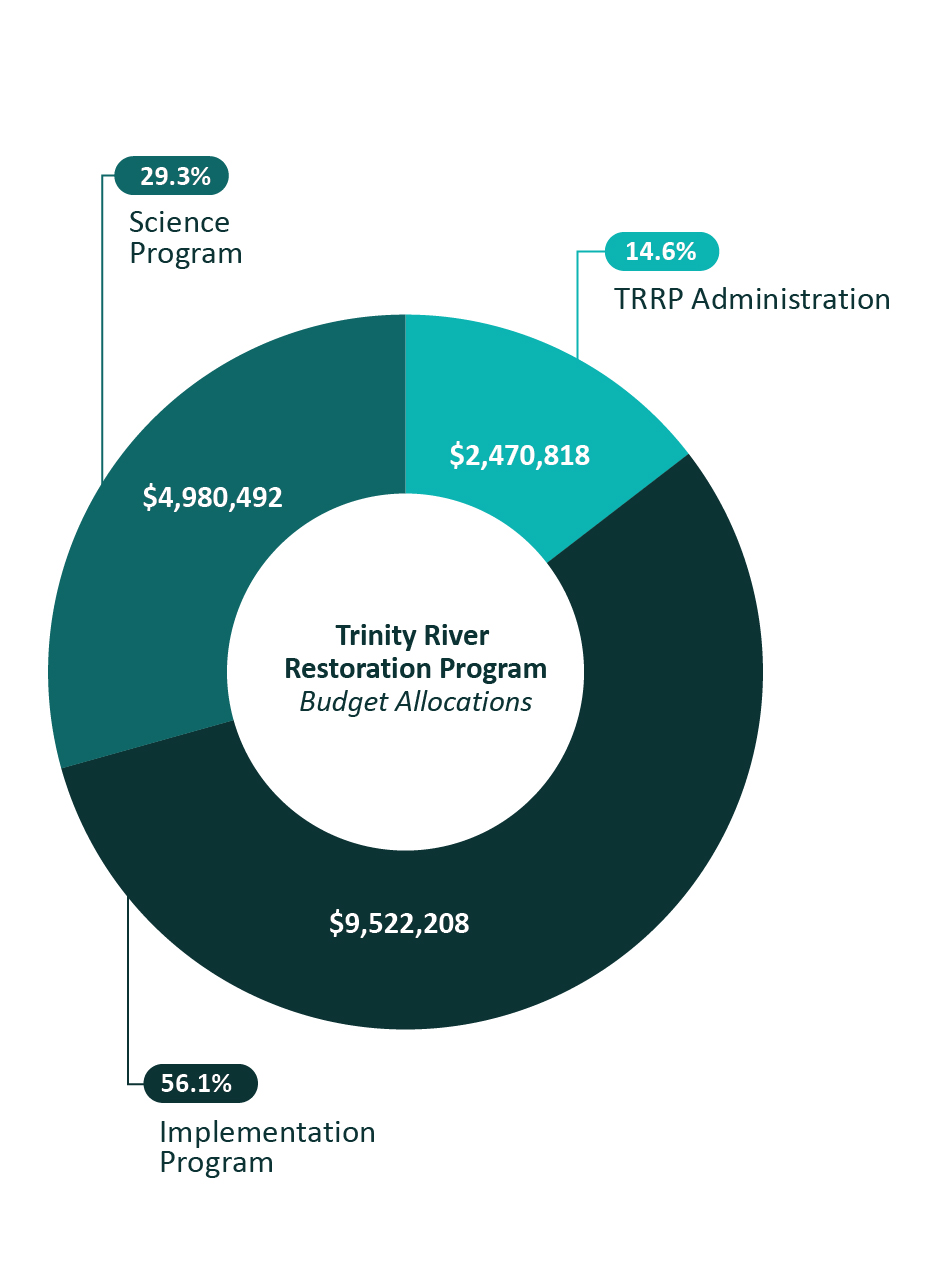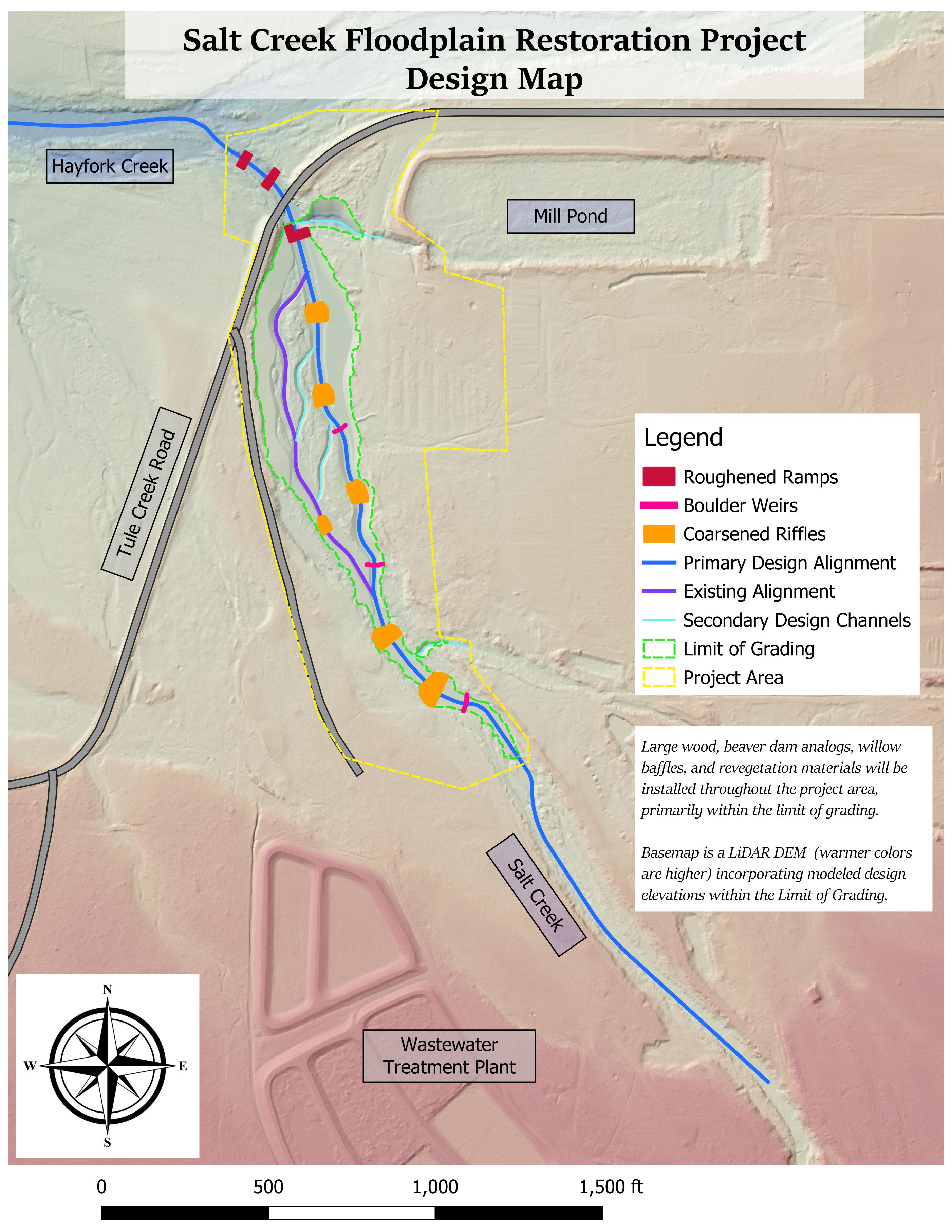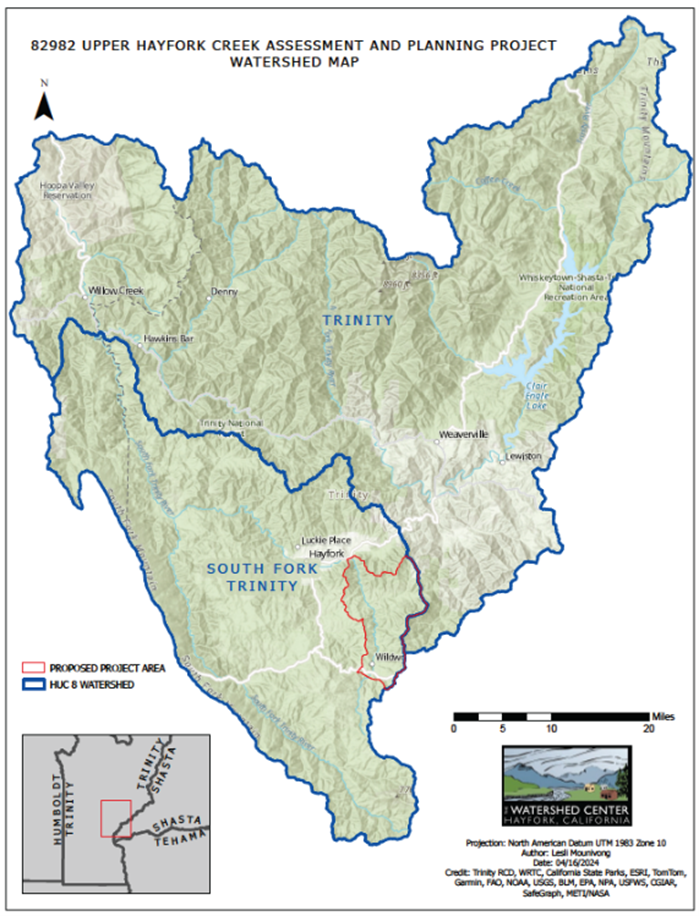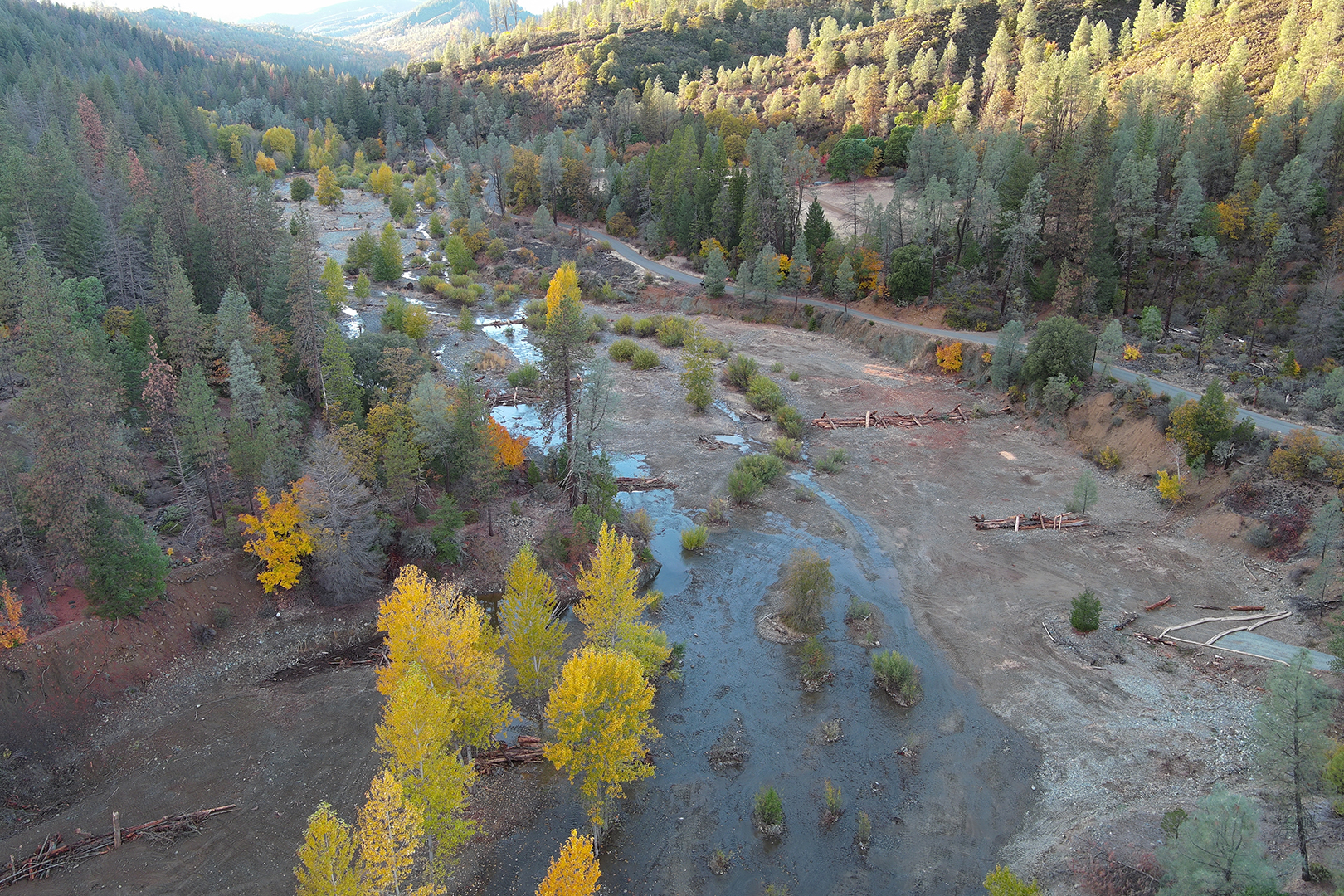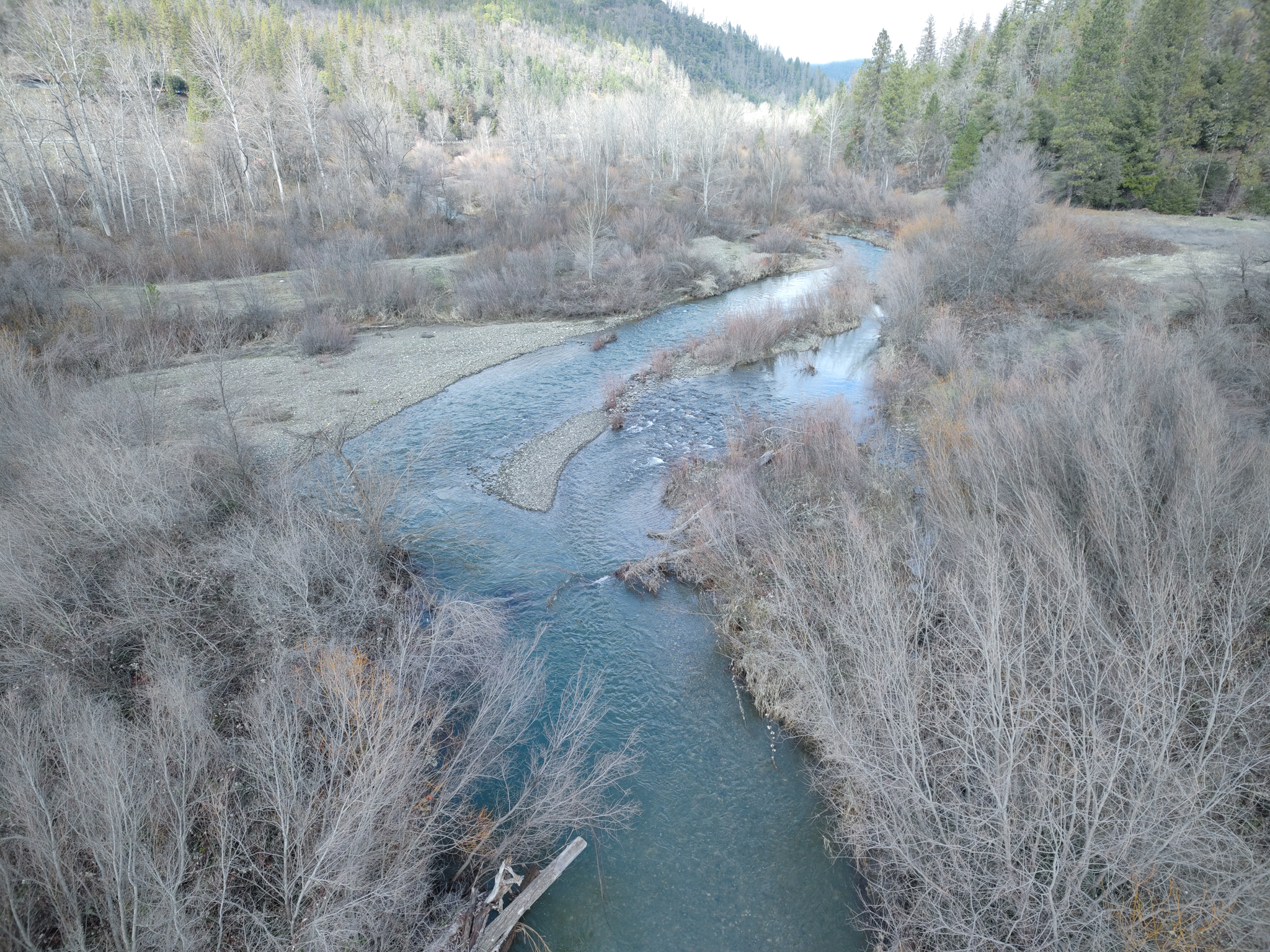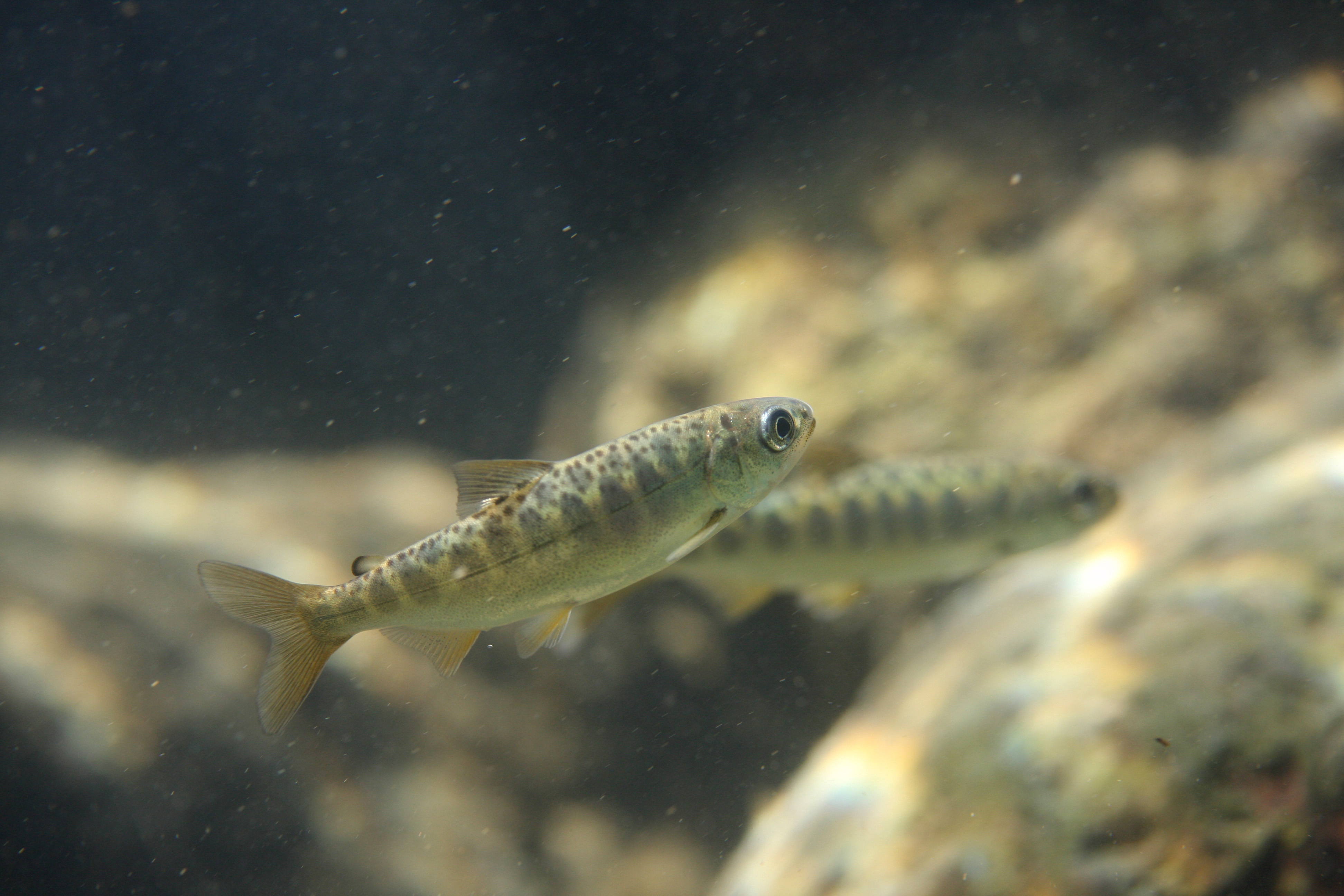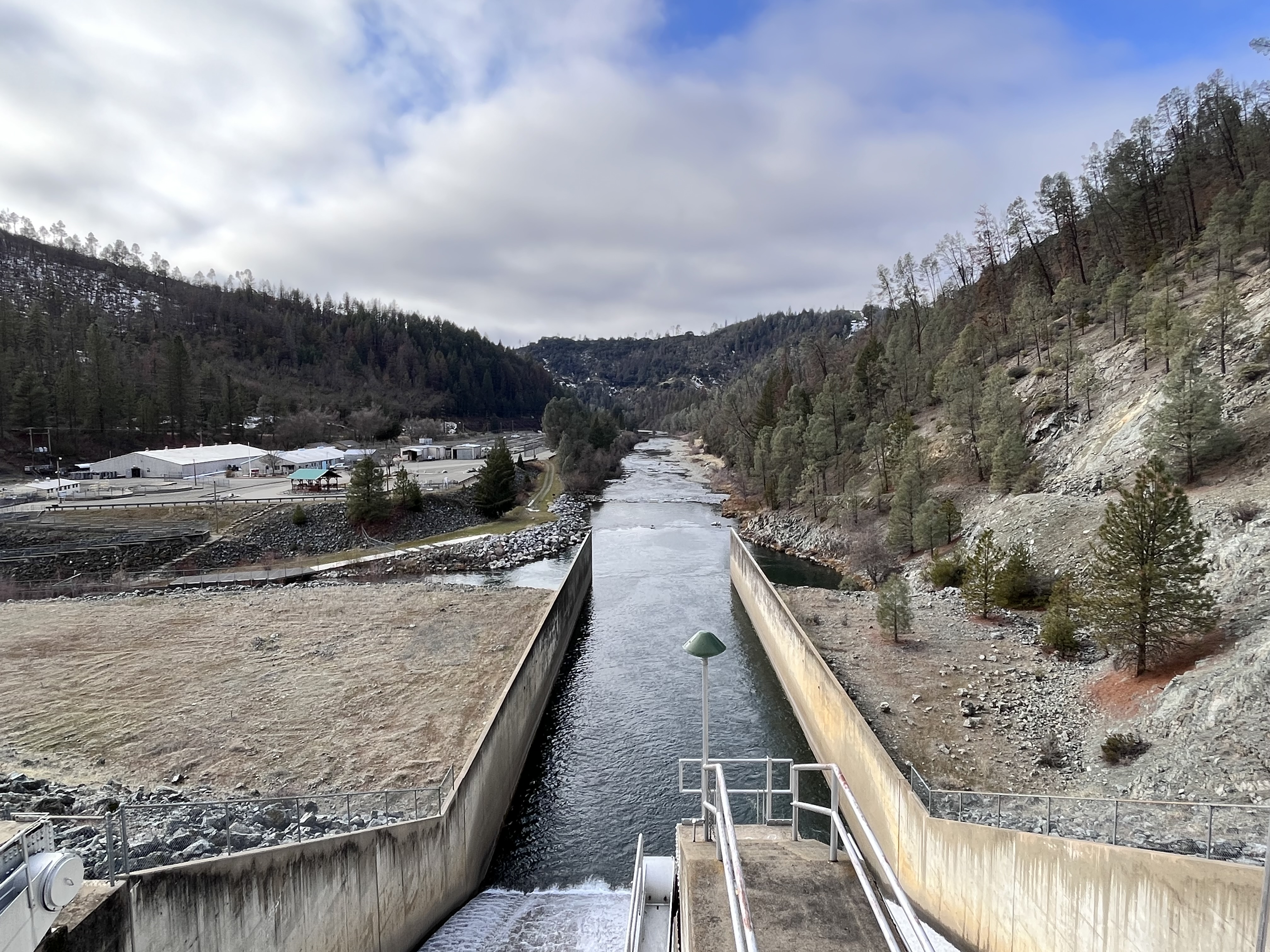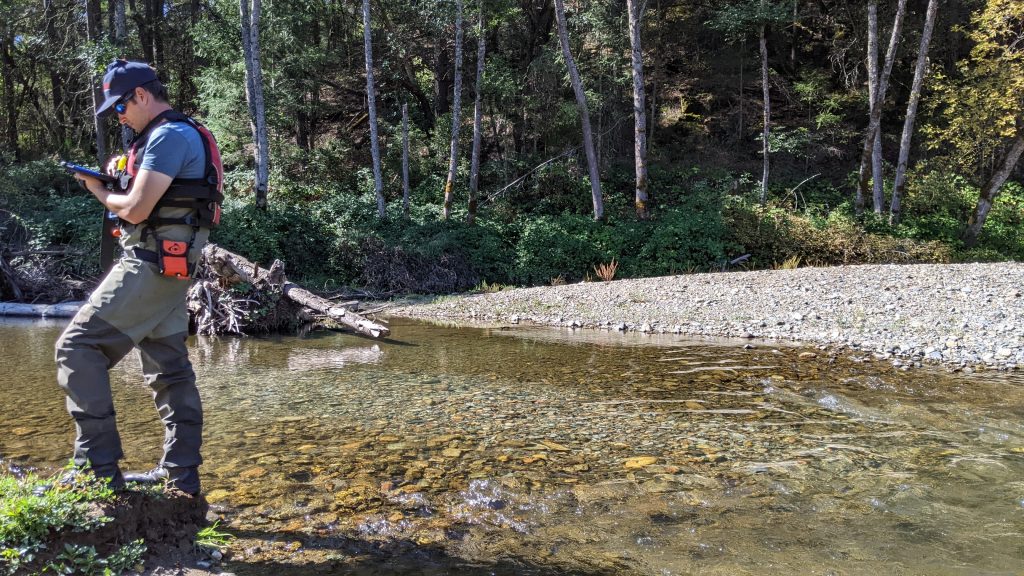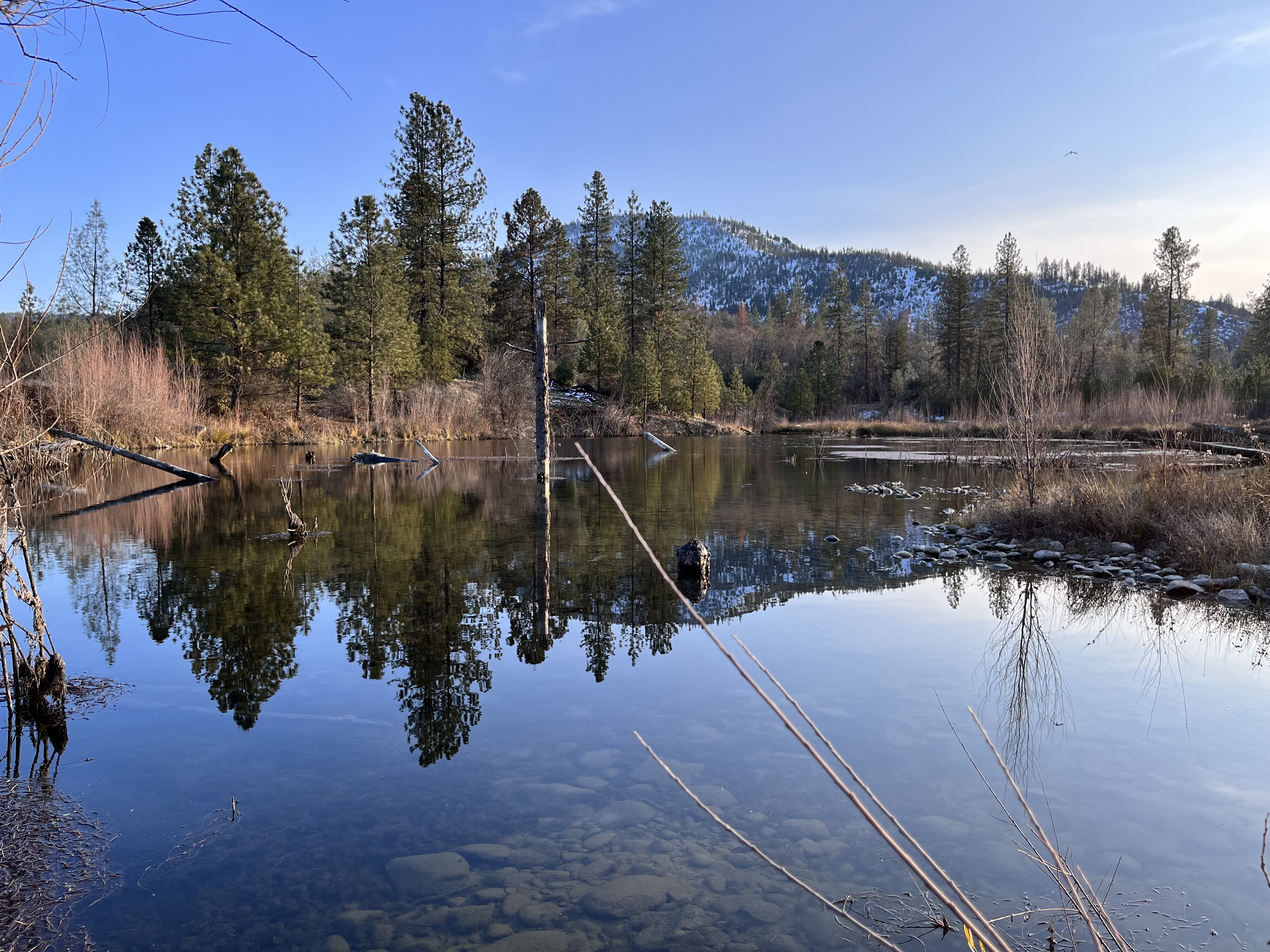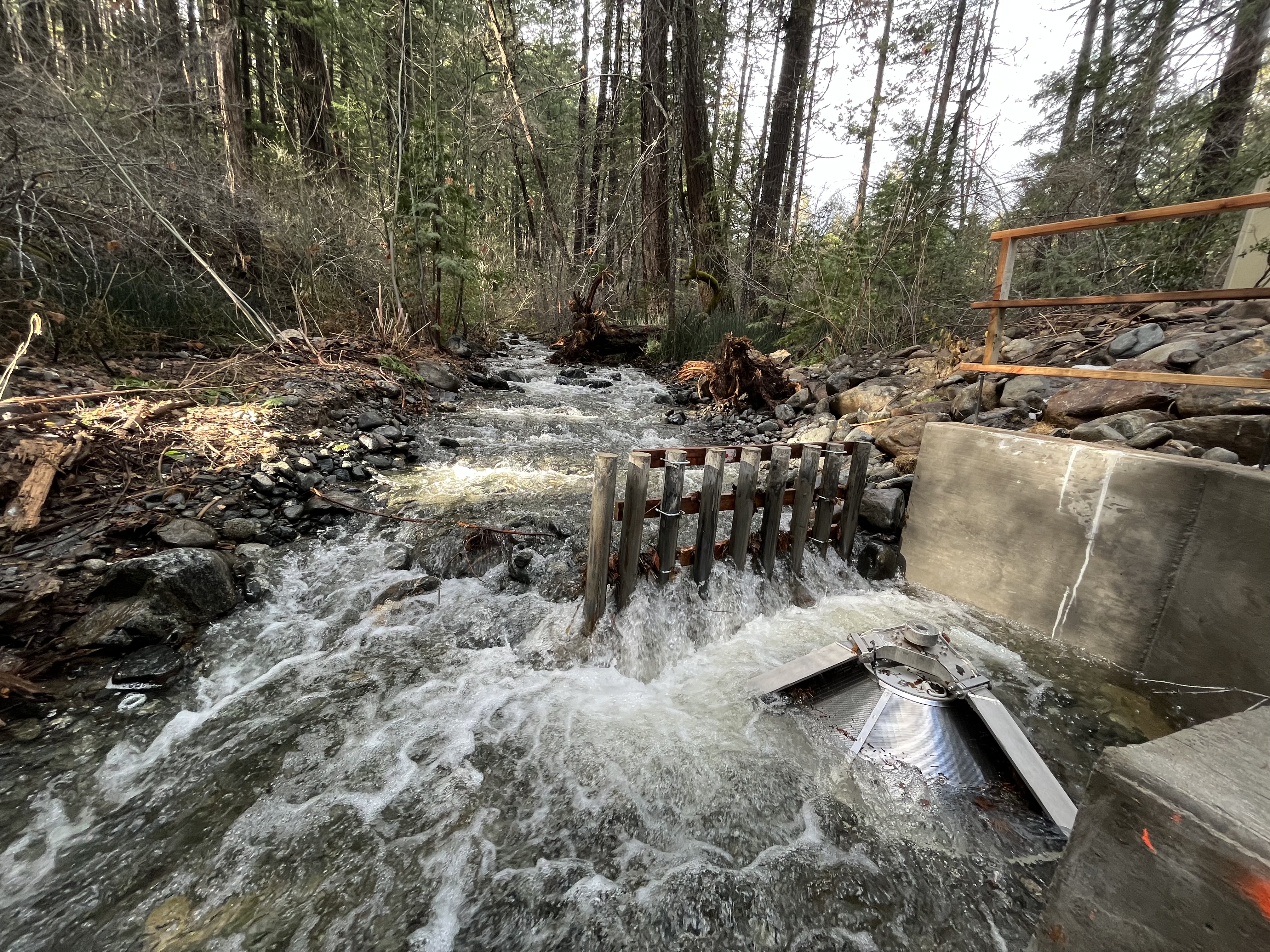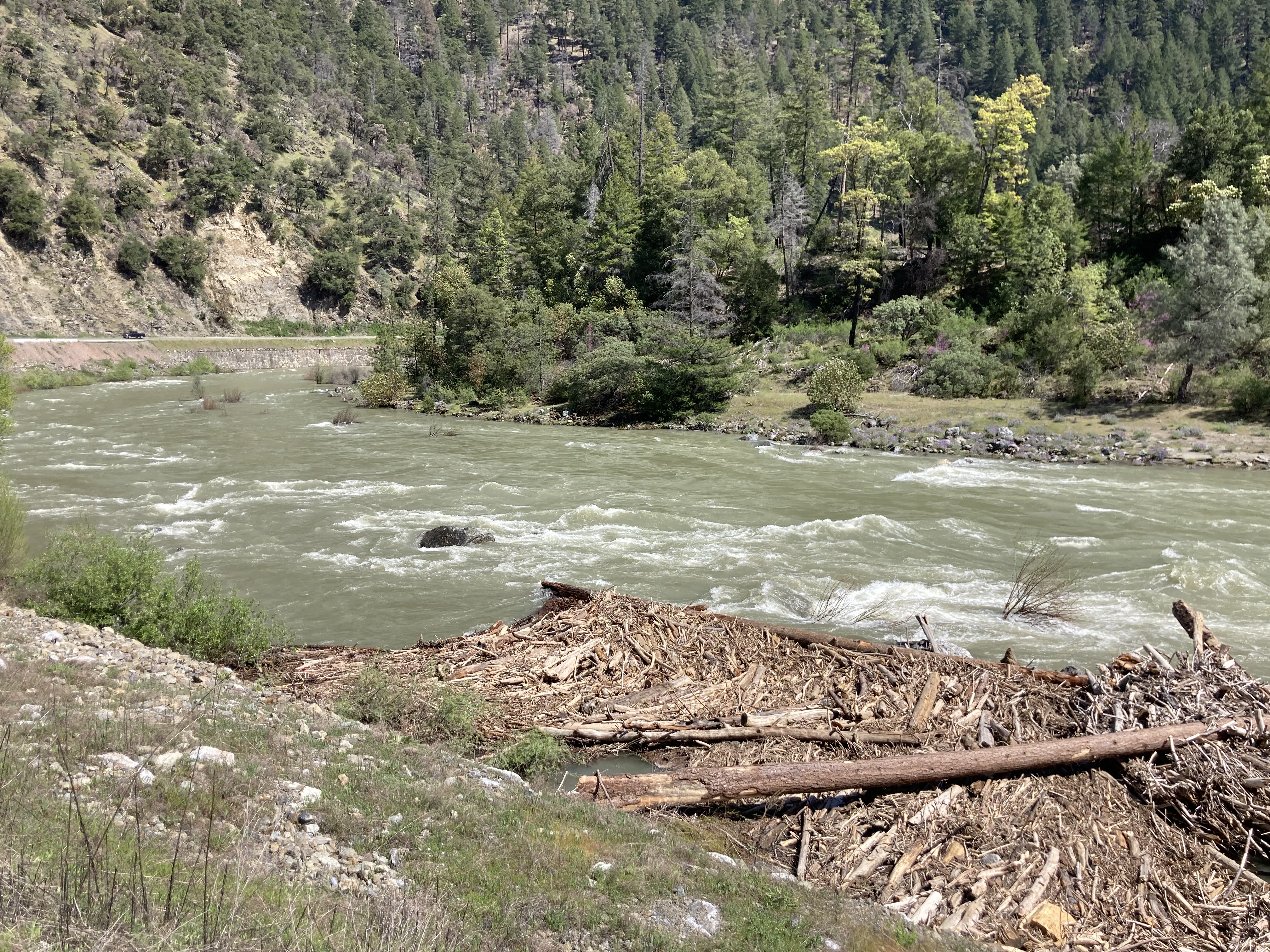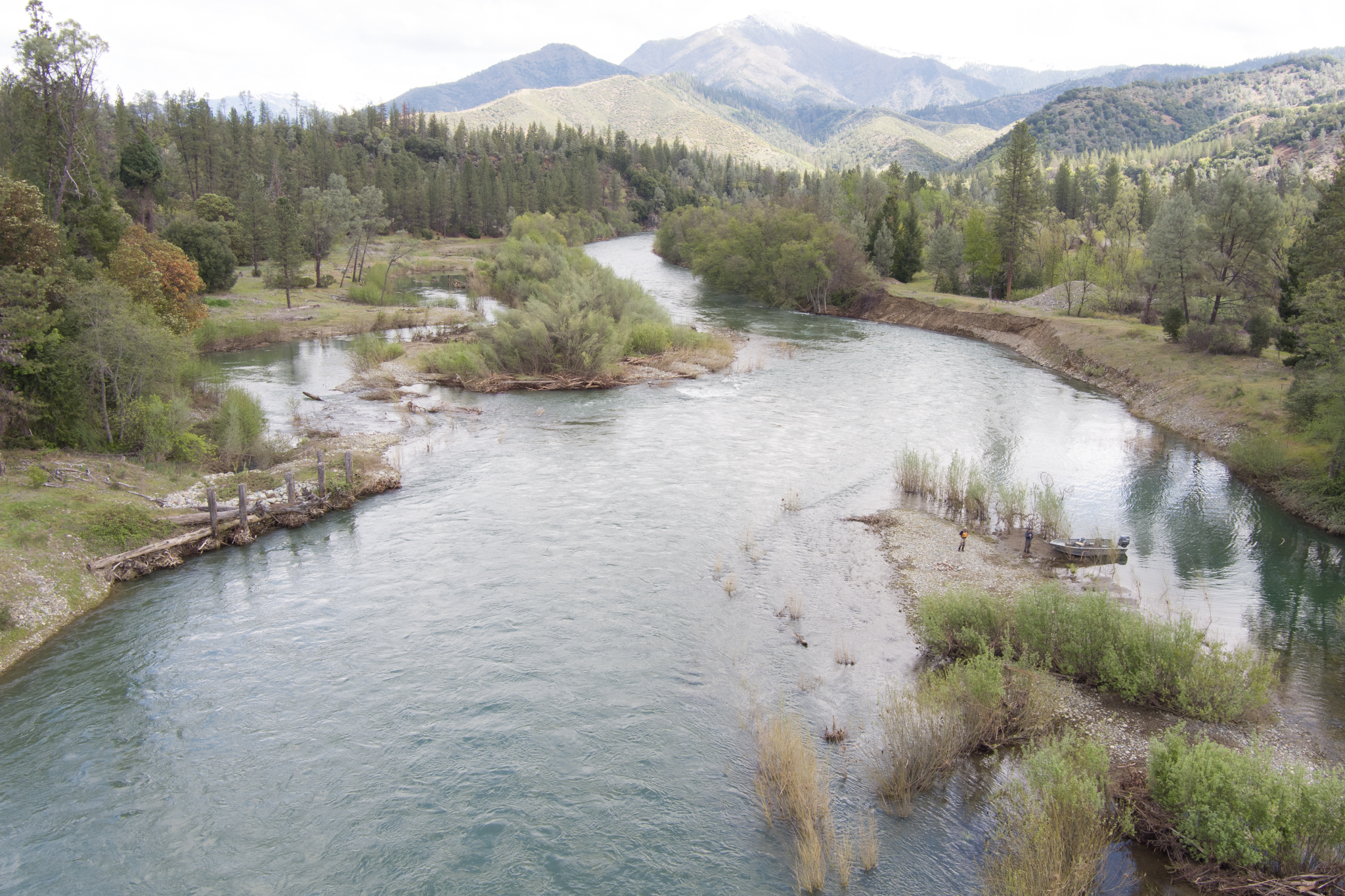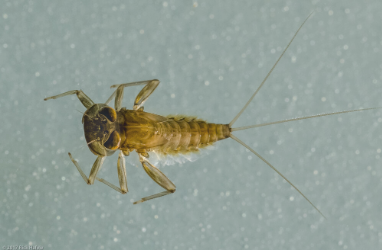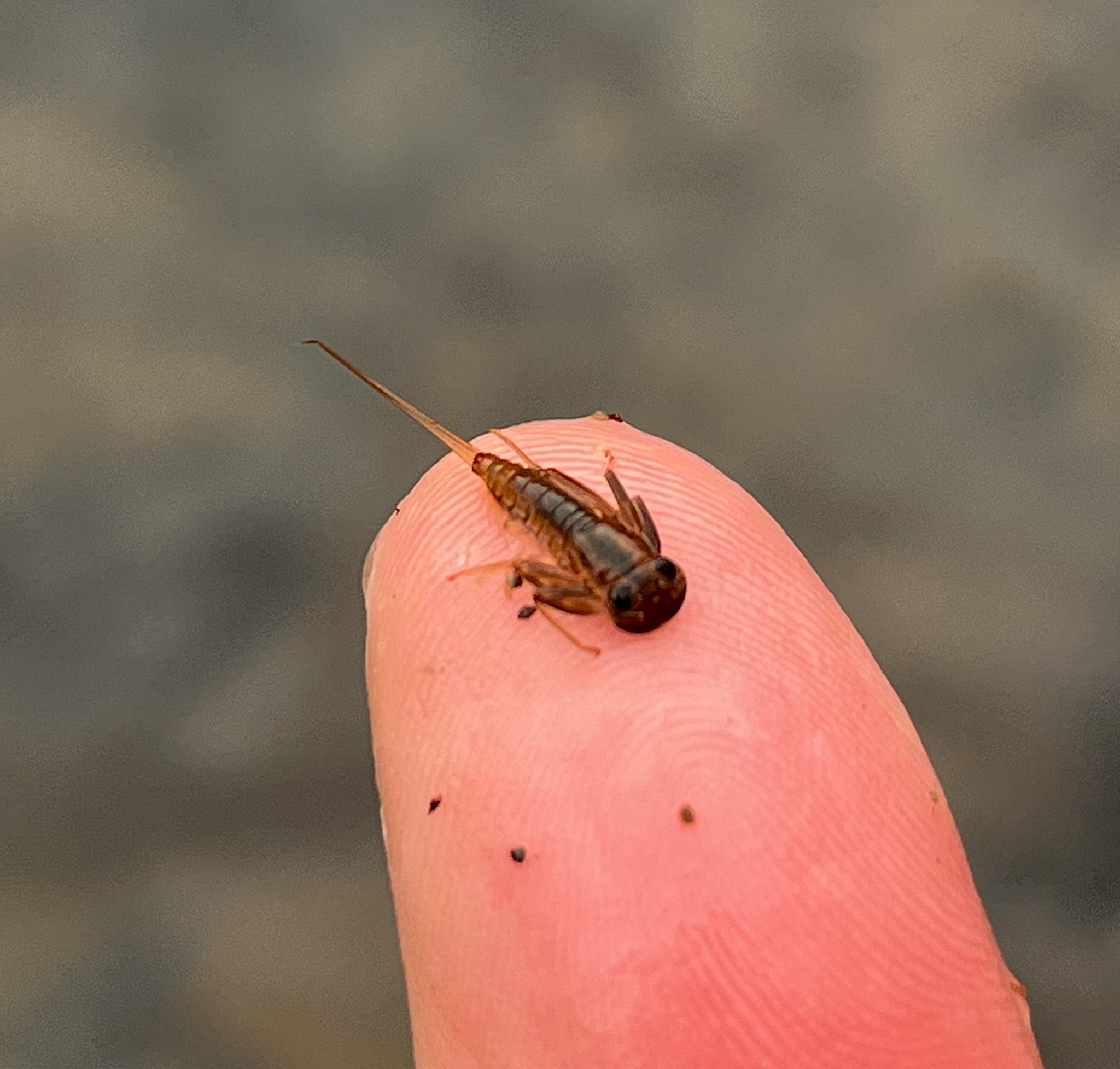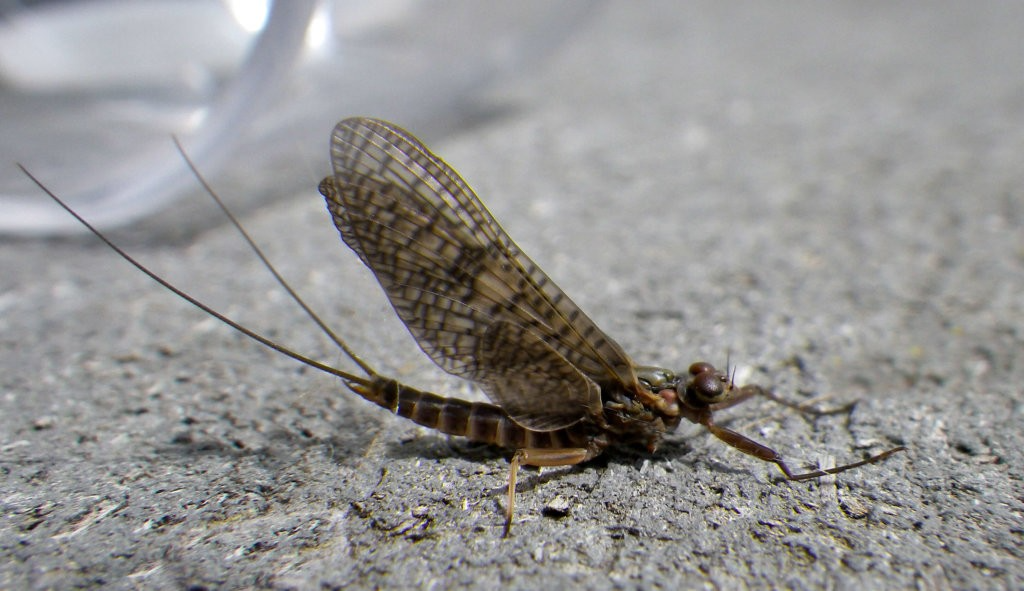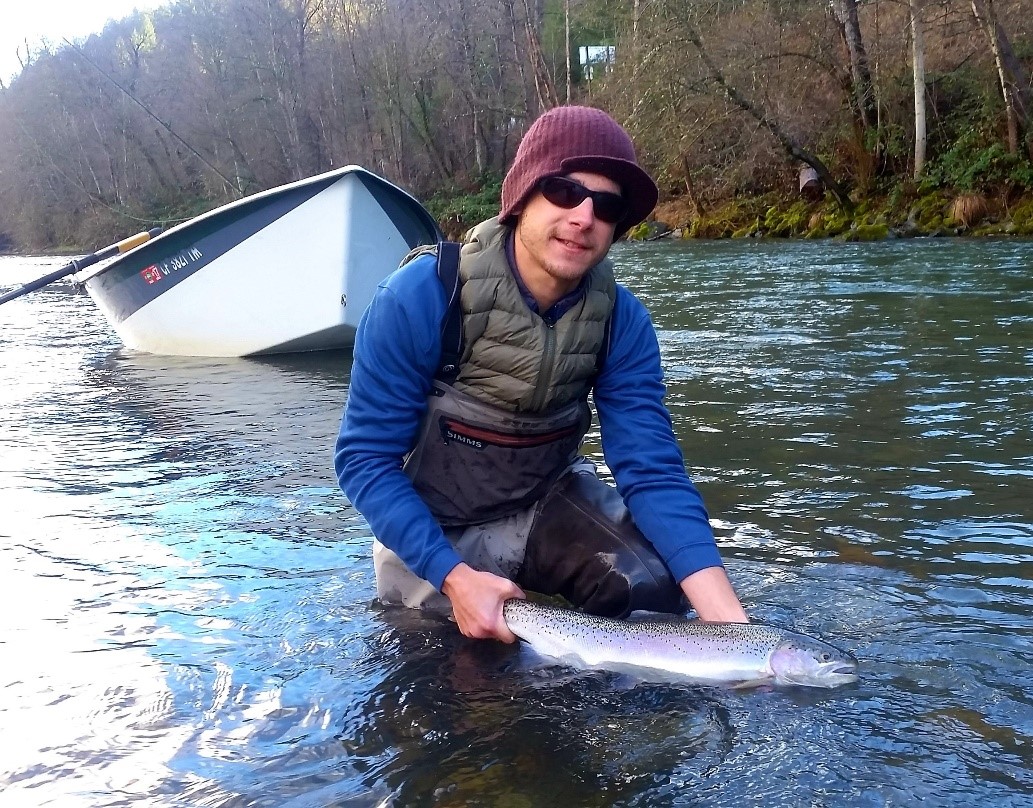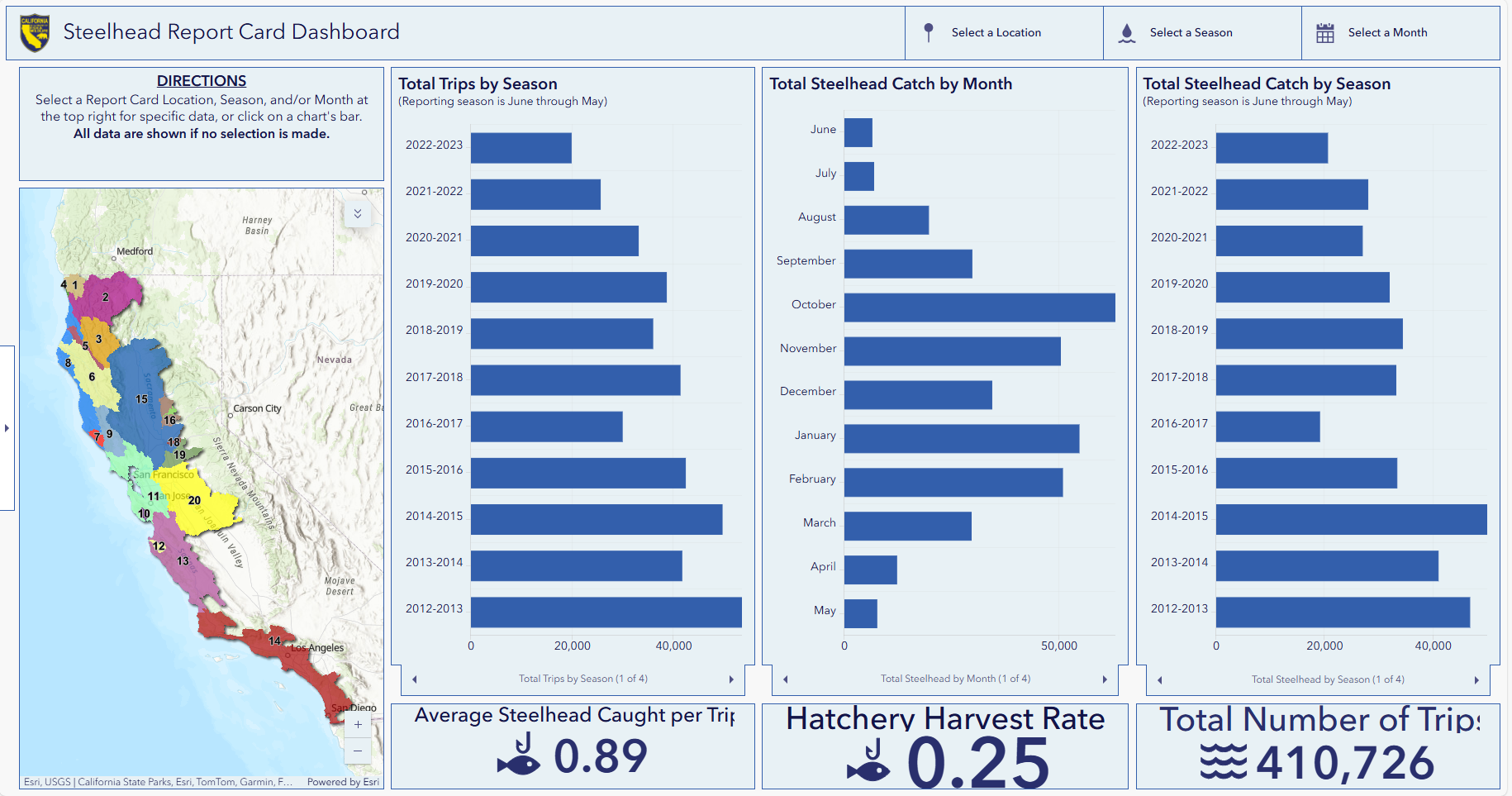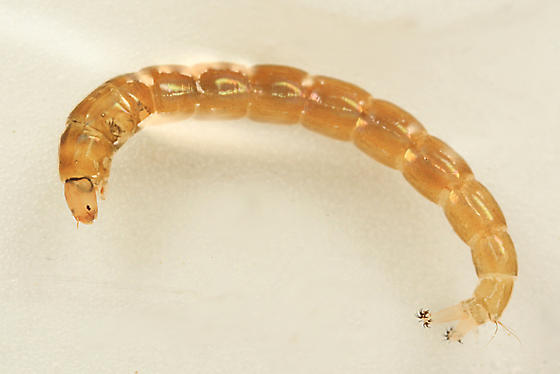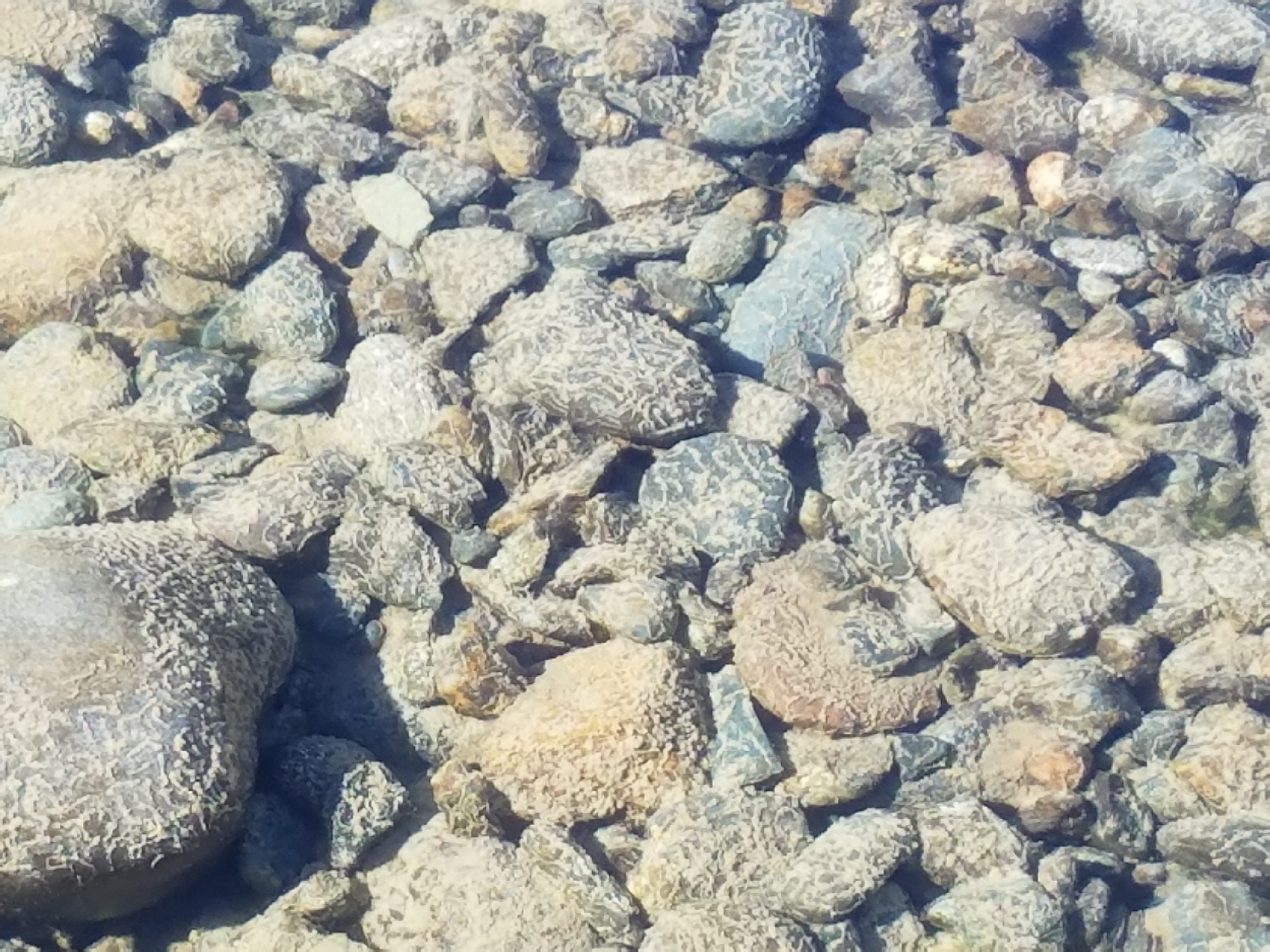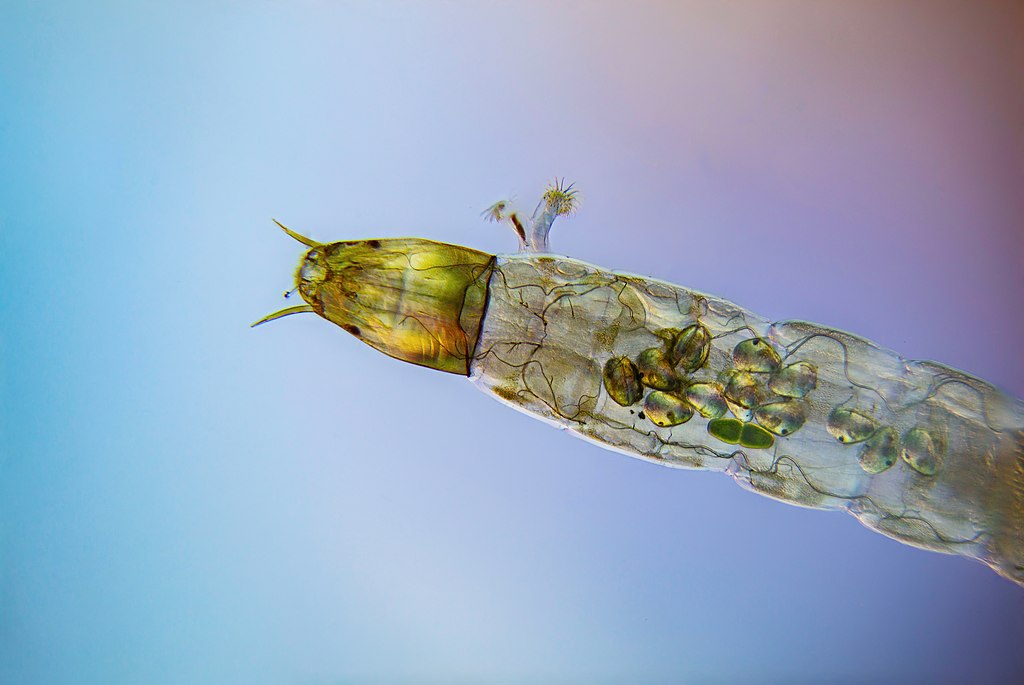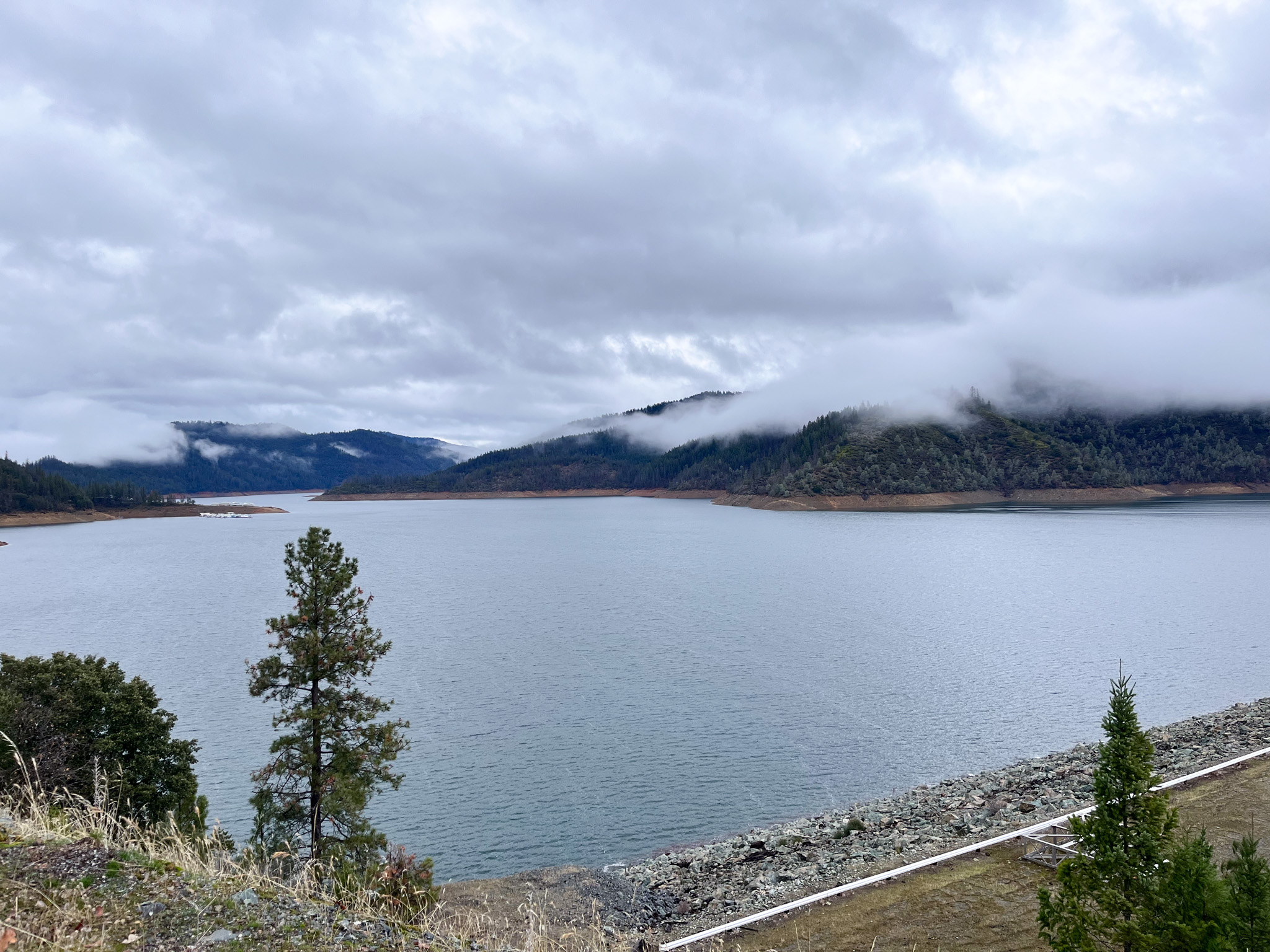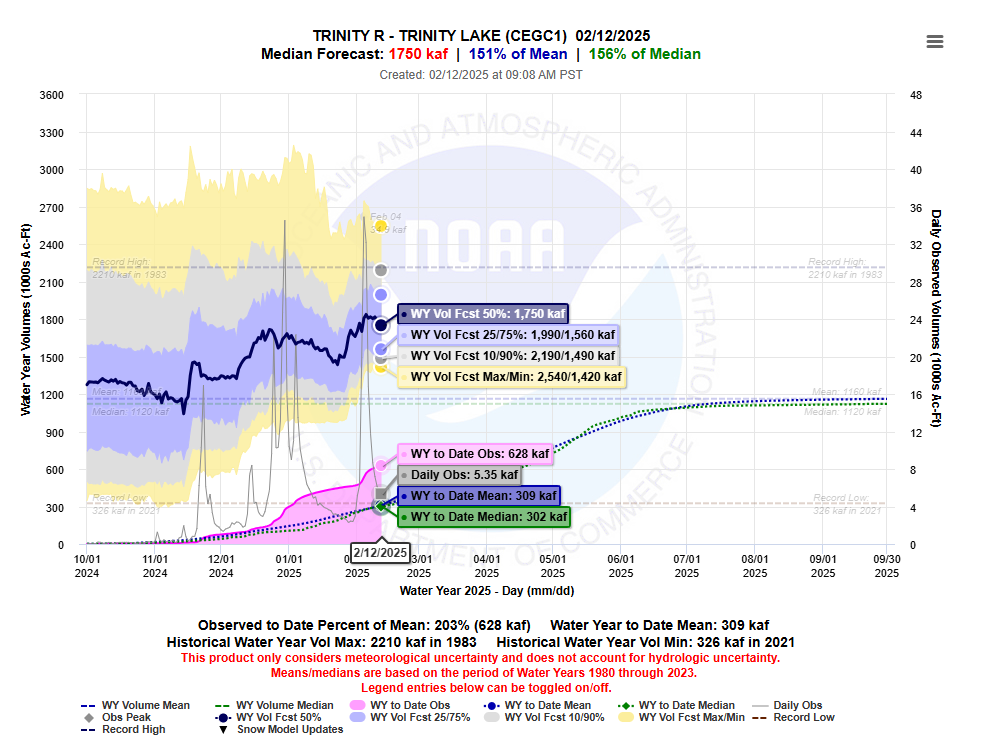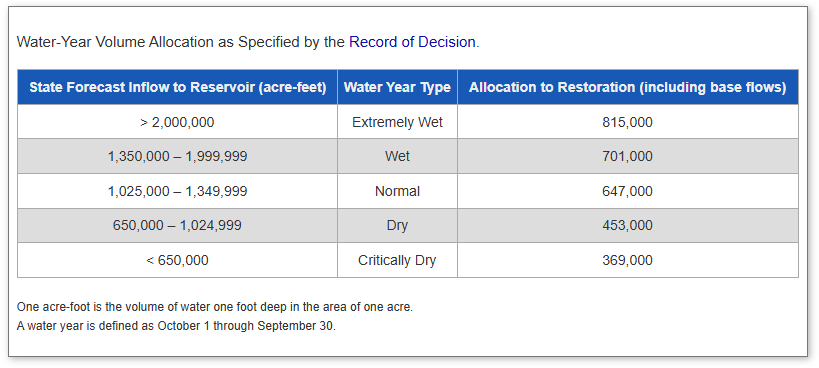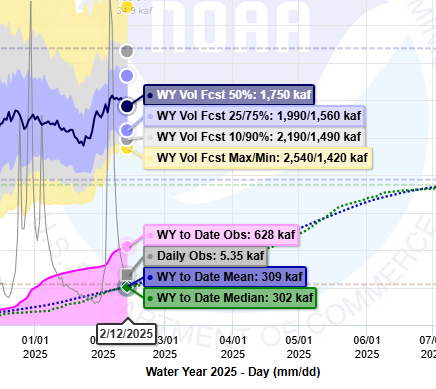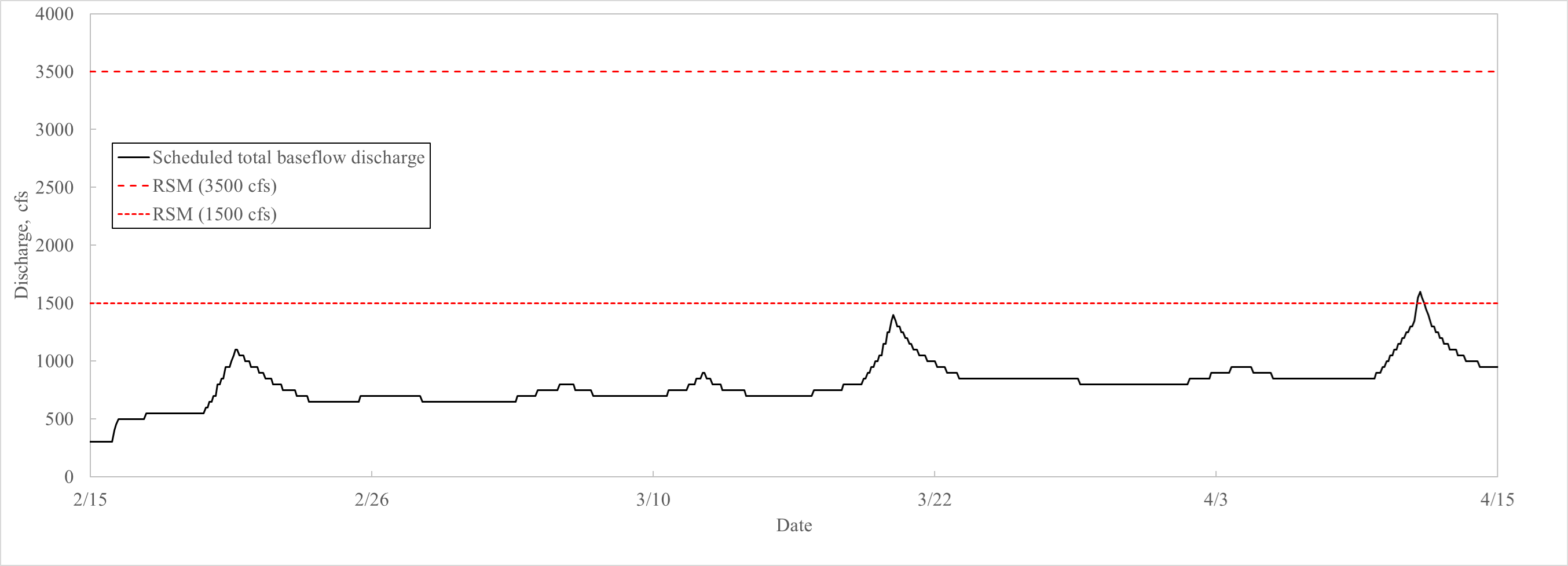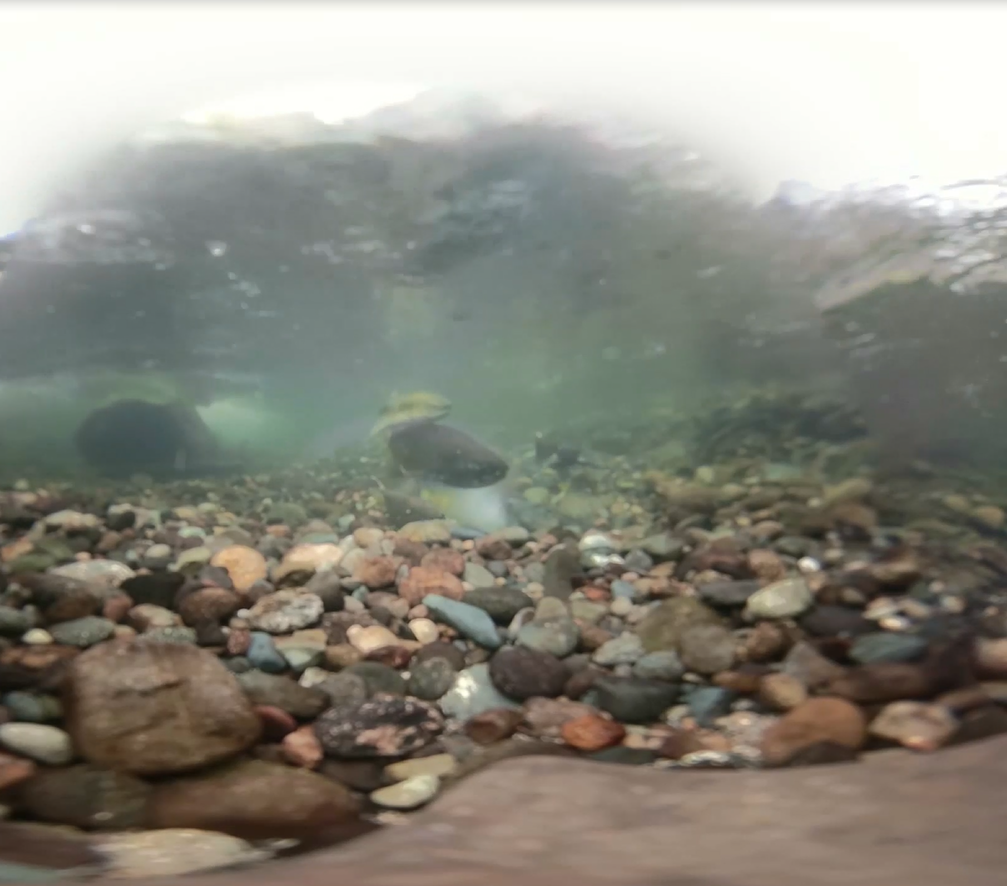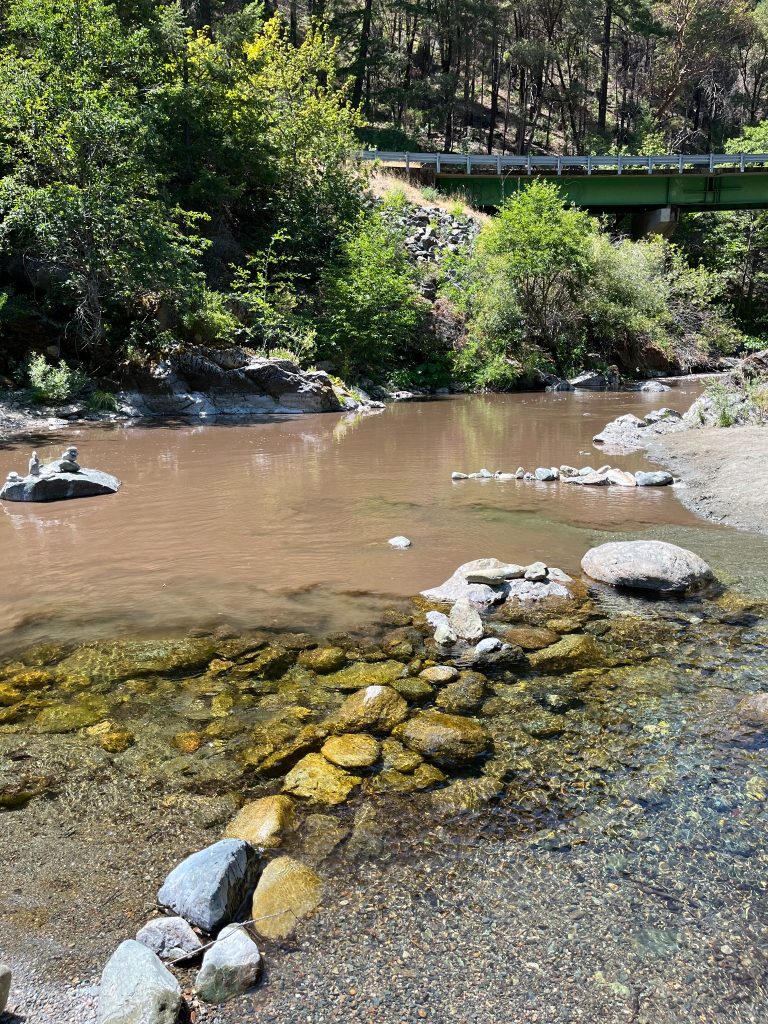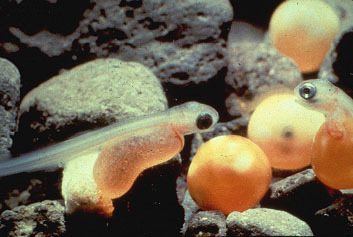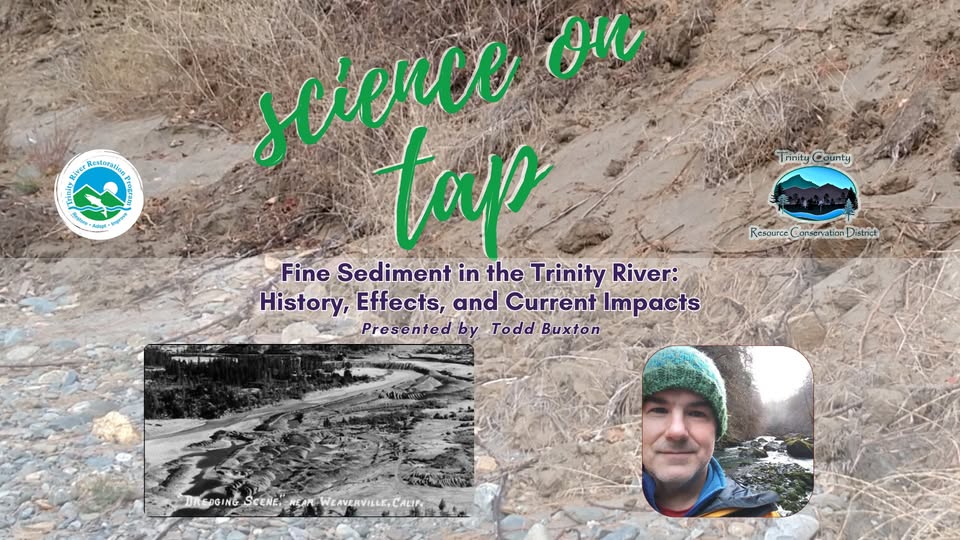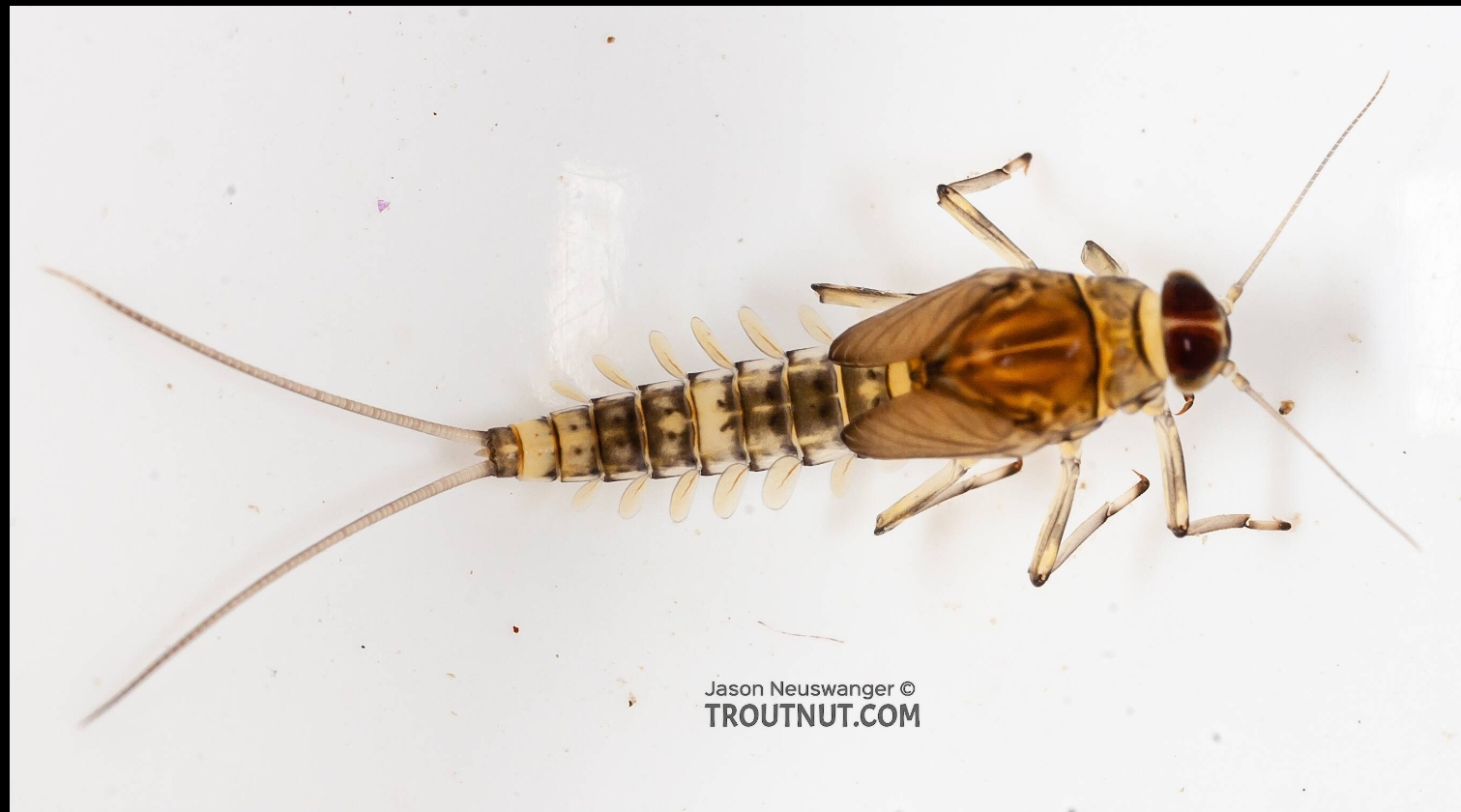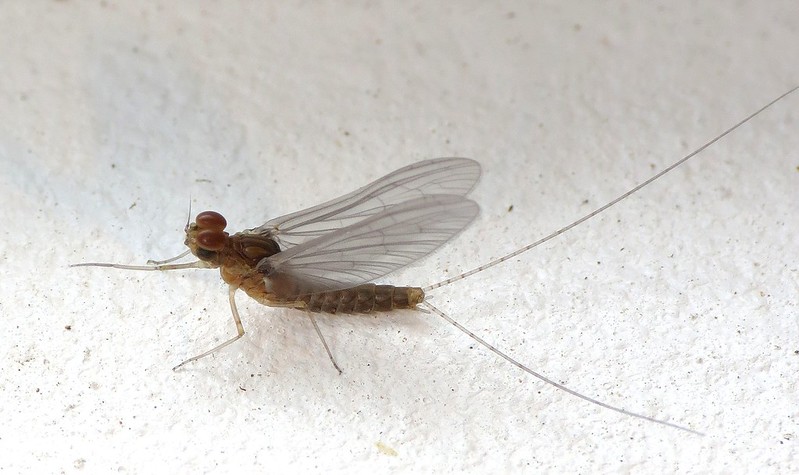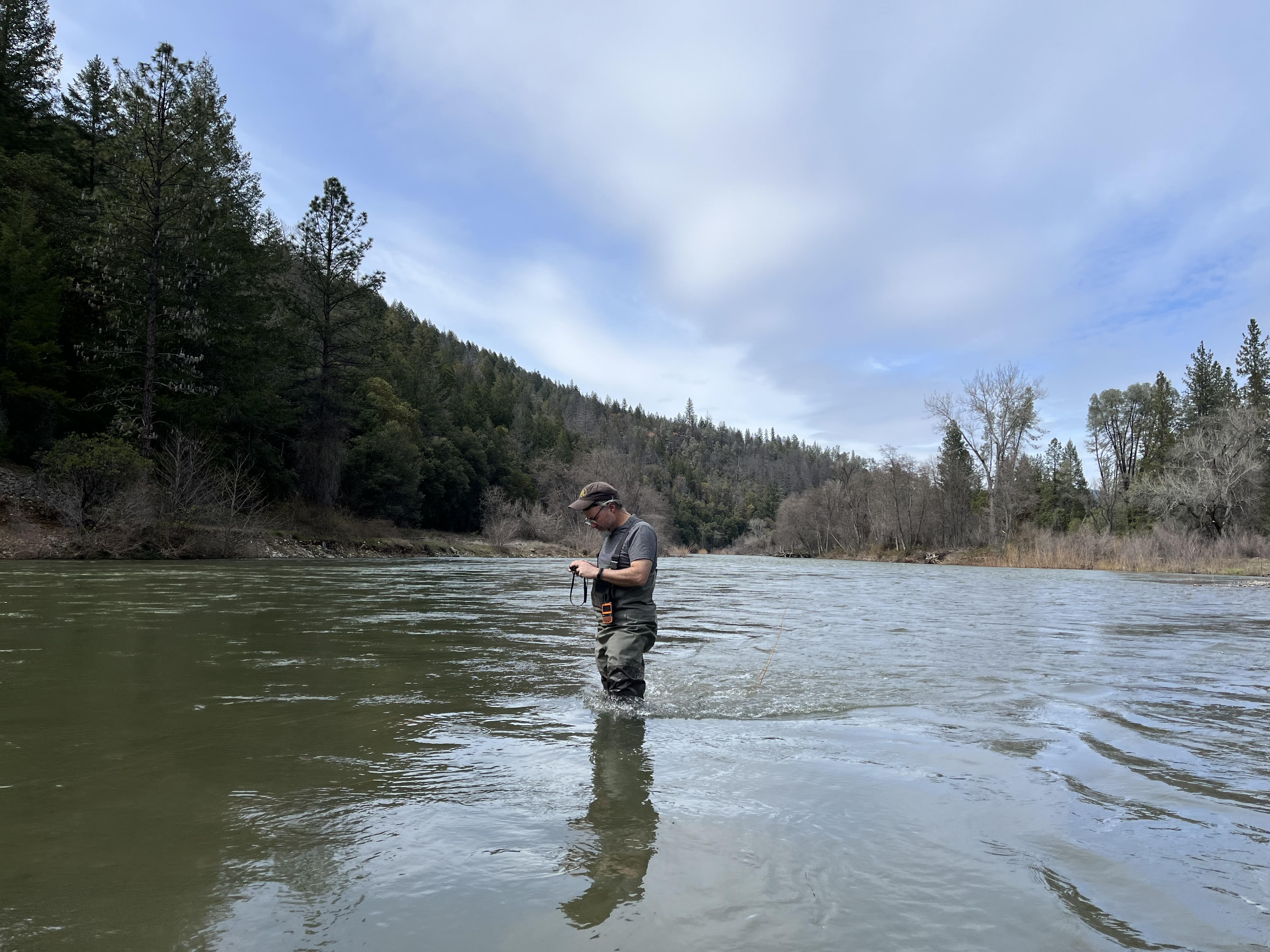Summary of the Trinity Management Council’s March Quarterly Meeting
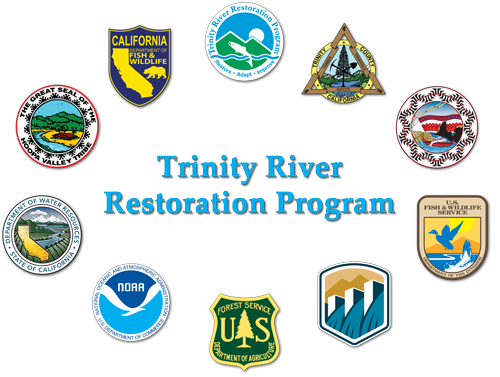
The Trinity Management Council met virtually on Wed., March 19, 9am-3pm for its spring-quarter meeting. There were seven major topics on the agenda along with two decision items.
Program Updates (TRRP Staff)
Trinity River Restoration Program Executive Director, Mike Dixon highlighted a busy quarter for channel rehabilitation, including excavation work at Upper Connor Creek and at Sawmill, gravel processing along with vegetation clearing in preparation for summer rehabilitation. Staffing updates revealed that no staff accepted the deferred resignation offer, and new secretary Samantha Maier has joined the team, while efforts to fill the vacant Data Steward position have been complicated by a hiring freeze. The report also noted that the Program received a continuing resolution for the budget, but there are concerns about not receiving the full requested funding for FY26. Data calls have increased, requiring justifications for agreements, and communication from higher authorities has been limited. The budget update indicated a lean spending plan with minor changes, including reduced travel costs and a new environmental support services contract that is higher than the previous one. Additionally, funding from the IIJA (formerly BIL) has been secured for ecosystem restoration projects, although some funds for revegetation and invasive weed treatments have been lost.
James Lee, Implementation Branch Chief highlighted that the branch will be prioritizing remaining restoration sites and preparing draft reports for Upper and Lower Rush Creek and the Hatchery reach submitted by the Yurok Tribe, while considering a potential project at Reading Creek, pending landowner permissions. Active watershed projects include planned work on Weaver Creek, with a funding agreement in progress, and the East Branch East Weaver Creek culvert removal, which is funded and awaiting cultural clearance. The East Weaver Creek Dam has been removed, with funds potentially redirected to the Salt Creek project or Connor Creek improvements. The Salt Creek Channel rehabilitation project is funded and undergoing a scour analysis before earthwork begins, while the upper Hayfork Creek watershed assessment is also ongoing and funded, supporting regional restoration efforts.
Kiana Abel, Public Affairs Specialist updated attendees on public outreach efforts of the last quarter, including the publication of three newsletters along with successful community events like Science on Tap and birding days. The team is planning several upcoming events, including Earth Day activities. Kiana provided a summary of the yearly Trinity River survey which revealed increased community participation and demographic shifts.
The science report highlighted key updates, including spring flow scheduling’s relationship with winter flow variability and reservoir management releases. Progress on the limiting factors analysis is strong, following a productive meeting with the contractor to identify necessary data. Partners are expected to provide quality-controlled datasets in the coming months. The Science Advisory Board has also engaged with this topic, offering valuable feedback. Additionally, the fiscal year 2026 science priorities are being developed, with two proposals received from a January request for proposals, focusing on a food module for S3 and the biological response of northwestern pond turtles to thermal diversity, while a topic on sedimentation impacts was omitted. These proposals are under review, with plans to present finalized topics to the Trinity Management Council at the June meeting.
Central Valley Operations Update (Elizabeth Hadley, Reclamation)
Northern California Area Office, Elizabeth Hadley shared operational updates regarding Central Valley Operations. The March forecast from CVO is projected to indicate nearly full reservoirs this year although not expected to spill through the glory hole. The Carr Tunnel repair is scheduled for completion at the end of March. Current repairs are reducing the likelihood of future outages for another six years.
Budget challenges were discussed, with delays in approvals for purchases affecting overall operations. While the TRRP staff did not lose any members during recent cuts, the NCAO office experienced significant losses, including 11 retirements and the loss then rehiring of 6 probationary employees. The value planning study for the Trinity Dam has been delayed due to staffing issues and frozen funding, with hopes to start in May, though further delays may occur.
An update on the Trinity River Hatchery modernization project was provided, noting that two tasks related to environmental justice have been removed from the service contract to comply with Executive Order 14173, which aims to end illegal discrimination and restore merit-based opportunities. The overall modernization schedule includes the award of the design-build contract, expected in Oct. 2025. NEPA requirements are to be completed by Oct. 2026, construction is set to begin in the first quarter of FY27, and the project is anticipated to be completed by the end of 2028, with a full closeout and transfer back to operations and maintenance by the end of 2029.
Post-TAMWG public outreach options (Ty Wallin, US Fish and Wildlife)
Ty Wallin, US Fish and Wildlife presented on options for engaging public input following the dissolution of the Trinity Adaptive Management Work Group (TAMWG), focusing on compliance with the Federal Advisory Committee Act. The TAMWG, which provided diverse viewpoints on the Trinity River Restoration Program, was terminated in 2019, the Program began the reinstatement process but are currently not clear if the administration would support the formation of an advisory committee. Wallin emphasized that while Federal Advisory Committee Act applies to formal advisory groups, there is flexibility in engaging the public through informal meetings that gather personal viewpoints without requiring consensus advice. Suggestions included leveraging community organizations like the Resource Conservation District (RCD) to facilitate discussions. The Program and TMC support the collaboration, if the RCD can facilitate in the future.
Communications Workgroup Charter – Decision Item (Kiana Abel, TRRP)
Kiana Abel, Public Affairs Specialist for the TRRP presented a draft Communications Work Group Charter which was developed by nominated members of the various TMC partnership. The TMC was asked decide to vote in a Communications Work Group to be added into the TRRP Technical Work Group framework. The workgroup would specifically aim to improve collaboration among partner agencies with the intent of better informing the public.
The draft charter was discussed, outlining the group’s purpose to develop an annual communications plan and provide recommendations for effective public relations. Key objectives include communicating scientific activities, evaluating messaging strategies, contributing to the annual communications plan, ensuring consistent science communication, and assisting in the creation of various communication assets. The proposed annual work plan suggests meeting quarterly to prepare for IDT/TMC meetings, focusing on analytics and communication tactics, and conducting a SWOT analysis to assess progress.
The session concluded with an invitation for questions and discussion on the proposed motion for the workgroup. After lunch, the TMC voted to form the Work Group 7 in favor and 1 partner absent. The TMC also elected to fully review and suggest edits to the draft charter to be voted on at the next TMC monthly meeting in April.
Hatchery Technical Team Update (Chris Laskodi, Yurok Tribe)
Chris Laskodi, Fish Biologist for the Yurok Tribe provided a Hatchery Technical Team (HTT) update. It was noted that the group, which has been meeting quarterly since around 2019 aims to improve collaboration among Trinity River Restoration Program (TRRP) staff regarding hatchery operations. The HTT is creating a document to outline the intricacies of hatchery operations and their interactions with TRRP actions, such as flow requirements for fish releases.
Key updates from the HTT include the lifting of the funding freeze for hatchery modernization, with a design and build solicitation expected by the end of April, and the delivery of a new fish trailer for automated fish tagging. Additionally, a temporary fix to a fish exclusion gate at the Lewiston powerhouse is anticipated to enhance flow variability for salmon.
The hatchery spawning season recently concluded, with production goals for spring and fall Chinook slightly below target, while Coho and steelhead met their goals. The Hoopa Valley Tribe is raising 100,000 Coho eggs for local release, and all Coho from the hatchery will now be double-marked for better tracking. The HTT is also implementing a hatchery genetic management plan, focusing on carcass supplementation and broodstock collection, with a record number of natural origin Coho transported to the hatchery this year. The team continues to develop metrics for Coho introductions to align with management plan requirements.
TRD Re-Consultation Update (Kristin Hiatt, Reclamation)
Kristen Hiatt, Natural Resource Specialist at Reclamation’s Bay Delta office, provided an update on the re-initiation of consultation for the long-term operations of the Central Valley Project (CVP) and State Water Project (SWP), including the Trinity River division. She summarized the progress of the National Environmental Policy Act (NEPA) and Endangered Species Act (ESA) processes, noting that all steps have been completed, culminating in the publication of the record of decision on Dec. 20, 2024. Following the administration transition, a new executive order was issued to improve water resource management in California. Hiatt highlighted ongoing collaboration with joint leads on the Trinity River Division, including technical meetings and the development of technical appendices for resource analysis. The consultation schedule was updated, with alternatives development expected to progress into an interim draft phase by spring 2025. The next quarterly meeting is scheduled for June, with further information available on Reclamation’s Bay Delta Office website.
Spring hydrograph decision – Decision Item (Patrick Flynn, Trinity County)
Patrick Flynn, Flow Work Group Coordinator, presented the water year 2025 spring flow recommendations. He outlined the flow planning process, emphasizing the unique circumstances of water year 2025, particularly the full implementation of the winter flow variability project and reservoir storage management releases. Flynn recapped the winter flow project timelines and discussed the scenarios considered for water year planning, noting that the March B120 forecast indicated a “wet” year.
Flynn presented developed hydrographs for the spring release which focused on riparian and geomorphic objectives, using Decision Support System (DSS) results to guide their recommendations. The recommended hydrographs are B (geomorphic and fish-focused) for a “wet” year and D for an “extremely wet” year, as they showed greater benefits for smolt production and Chinook salmon biomass. A concern was raised regarding the timing of two peaks in July intended to signal spring Chinook migration, with potential safety risks for recreational users. Flynn suggested the TMC discuss this issue and decide whether to keep the peak on July 4 or move it to July 8. He concluded by inviting questions and offering to revisit any specific slides for clarification.
The TMC voted (7-1) in favor of adopting the recommended hydrograph B “wet” year and hydrograph D ” extremely wet” year with a shift to schedule the two latter peaks from July 4 to July 8.

